
Visa and entry requirements India:
Passport required
German citizens generally need a visa to enter India. On indianvisaonline The requirements for an electronic tourist visa are listed.
Visa costs: 33-97 euros
Information from the Foreign Office about your trip to India:
https://www.auswaertiges-amt.de/de/indiensicherheit/205998
India is a country in South Asia with around 1.4 billion inhabitants. The country borders Pakistan in the northwest, the autonomous region of Kashmir, Nepal, Bhutan and Tibet, which is part of China, in the north, Bangladesh and Myanmar in the northeast, and the Indian Ocean in the south, west and east. The island of Sri Lanka is located approximately 50 kilometers south of India.
The two official languages of India are Hindi and English, the Indian rupee is used as the national currency, with 1 euro equaling around 80 INR. The population of India consists of 80% Hindus, 15% Muslims, 3% Christians and other smaller faiths.
The largest cities in India include the megacities of Mumbai (formerly Bombay), Delhi, Kolkata (Calcutta), Bengaluru (Bangalore), Chennai (Madras), Hyderabad, Ahmedabad, Lucknow (Lucknow), Pune (Poona), Surat, Jaipur, Kanpur , Nagpur and Kochi.
With an area of around 3,200 by 3,000 kilometers, India is the seventh largest country in the world and has the second largest population in the world.
The highest point in the national territory is the 8,586 meter high Kangchendzonga in the Himalayan Mountains.
The longest and most important river in India is the Ganges, sacred to Hindus. The Ganges rises in the Himalayas, crosses several important Indian cities such as Kanpur, Varanasi, Patna and Calcutta and flows into the Indian Ocean after over 2,600 kilometers.
Thanks to its diverse landscapes, the territory of India has a great diversity of wildlife. Elephants, Bengal tigers, lions, leopards, deer, rhinos, antelopes, water buffalo, monkeys, hyenas, gibbons, bears, crocodiles, snakes, chameleons, cobras, pythons as well as numerous species of birds and fish are more common there.
India is one of the largest economic powers in the world and is based primarily on its abundant natural resources, textile industry, fishing, agriculture, various services and constantly increasing tourism.
India's significant raw material reserves include hard coal, iron ore, bauxite, chromium, manganese ore as well as crude oil and natural gas.
In terms of agriculture, India is one of the largest rice producers in the world. Millet, corn, coffee, cotton, grain, tobacco, sugar cane, tea, pepper, nuts, jute, bananas, cinnamon, onions, cardamom, coriander, chili, ginger, mangoes, coconuts, turmeric, rapeseed and soybeans are also grown.
Tourism is now one of the country's most important sources of income, with almost 10 million annual visitors. The most important sights in India include what is probably the most famous mausoleum in the world - the Taj Mahal in Agra, the "Gateway of India" in Mumbai, the Qutub Minar victory column in Delhi, the Golden Temple of Amritsar, the Temple of Khajuraho, the Red Fort of Agra, the temple of Thanjavur, the Howrah Bridge in Kolkata - the most used bridge in the world with around 6 million people crossing every day, the temple of Bodhgaya, the monuments of Hampi, the Sikh temple of Delhi, the long white sandy beaches of Goa , the rock paintings in Bundi, the Akshardham temple complex in Delhi, the caves of Ellora, the Chennakesava temple in Belur, the cave temples of Badami, the Rani Ki vav ruins of Gujarat, the monuments of Mahabalipuram, the Gol Gumbaz Dome in Bijapur , the India Gate in Delhi, the Global Pagoda and the Ghandi Museum in Mumbai, the holy sites on the banks of the Ganges in Varanasi and the Victoria Memorial Hall in Kolkata.
So far I have visited India twice, in January 2015 and May 2017. During these two longer trips, I have already seen a large part of the country. During this stay, which lasted around 20 days, I traveled to, among other places, Mumbai, Calcutta, Chennai, Goa, Kanpur, Lucknow, Kochi, Kashmir, Sikkim, Agra and the capital Delhi several times.
The highlight of my two trips to India was of course the legendary Taj Mahal. This magical place was at the top of my cultural wish list of 10 fascinating places in the world. The 4-hour drive from Delhi to Agra was a bit strenuous at times, but I was rewarded with the majestic sight of the most famous mausoleum in the world.
Another highlight of India was visiting the world's most used bridge in Calcutta. Actually, it's hard to believe that almost six million people cross the Howrah Bridge every day. But after I was there and witnessed this incredible spectacle, I could well imagine it.
I once stood in the flow of people on the bridge for a short two minutes and was then jostled about 100 times, what a unique spectacle.
Otherwise, a quick summary of India: the cities of Delhi and Mumbai are now really modern, Goa was actually rather boring and a bit of a disappointment, but the cities of Kanpur or Calcutta are the real India for me.
India is something special and definitely always worth a trip. I always had a lot of fun in India for the first 3 to 4 days, so after about five days I got used to it and came to terms with it, but after about a week to ten days at the latest, I wanted to leave quickly.

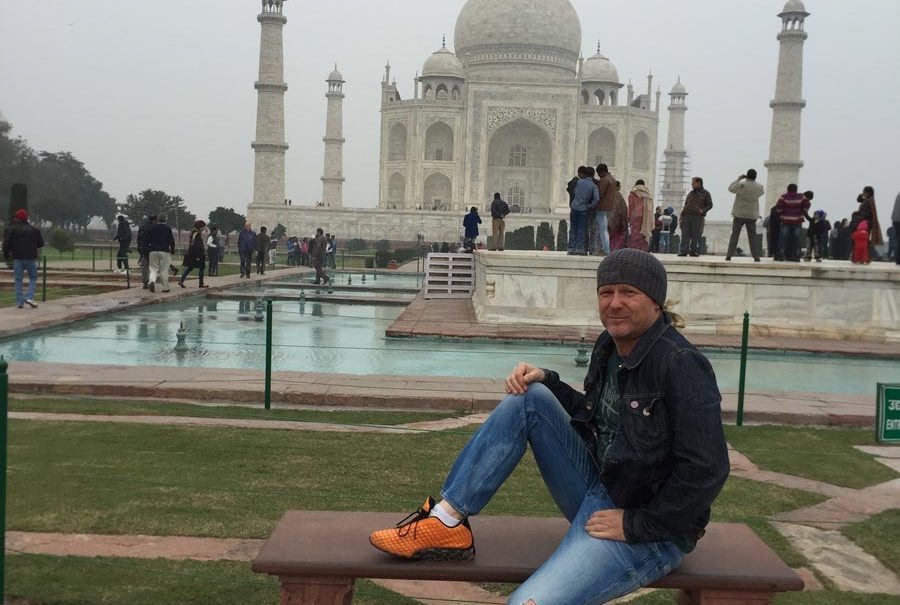





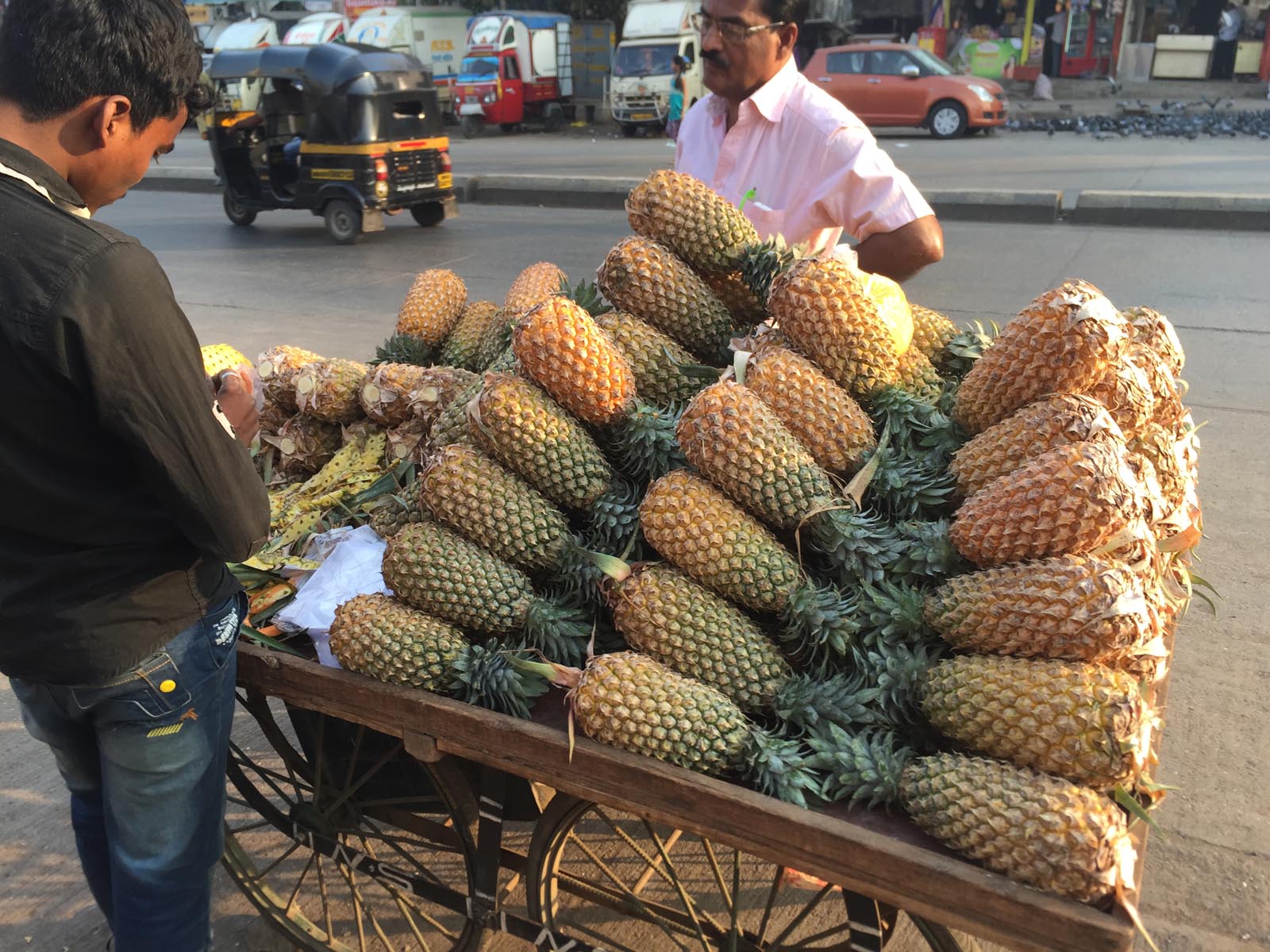
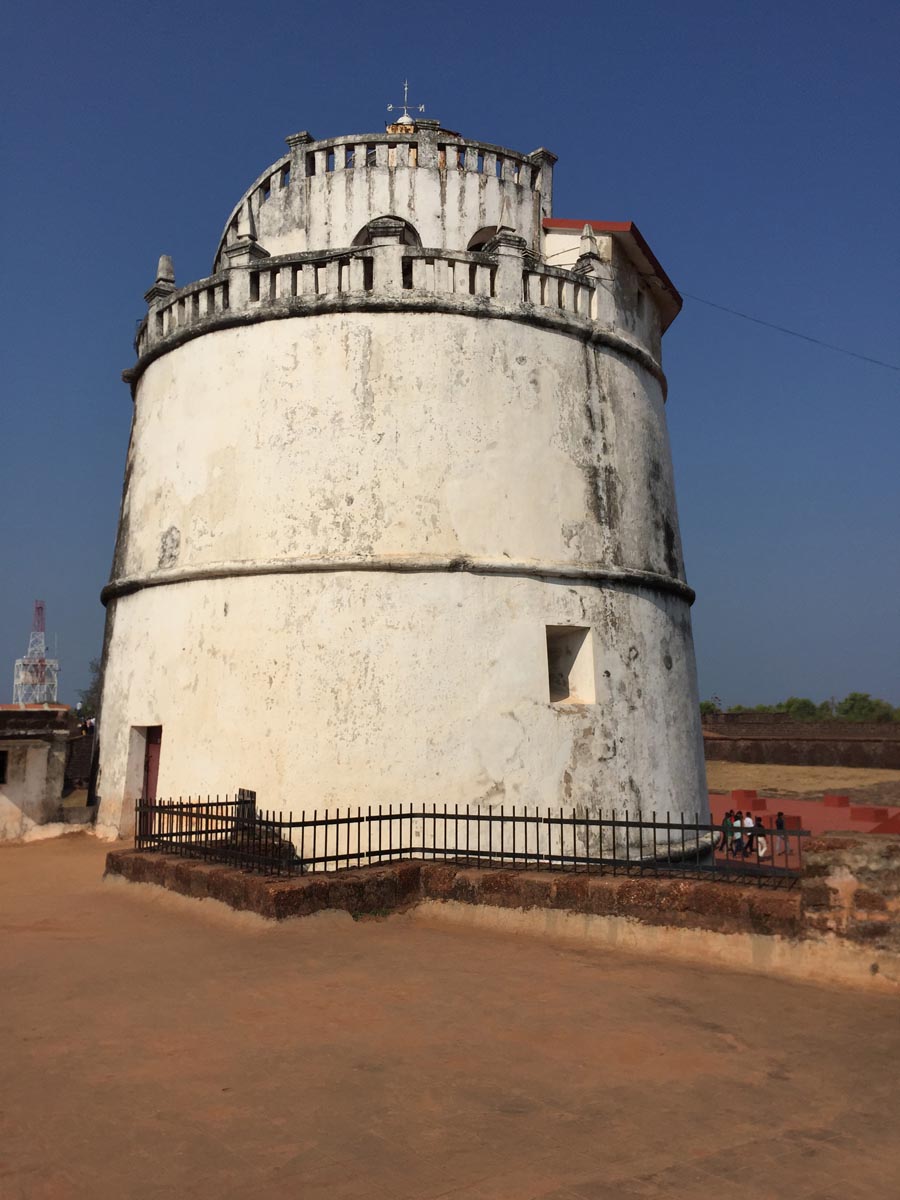
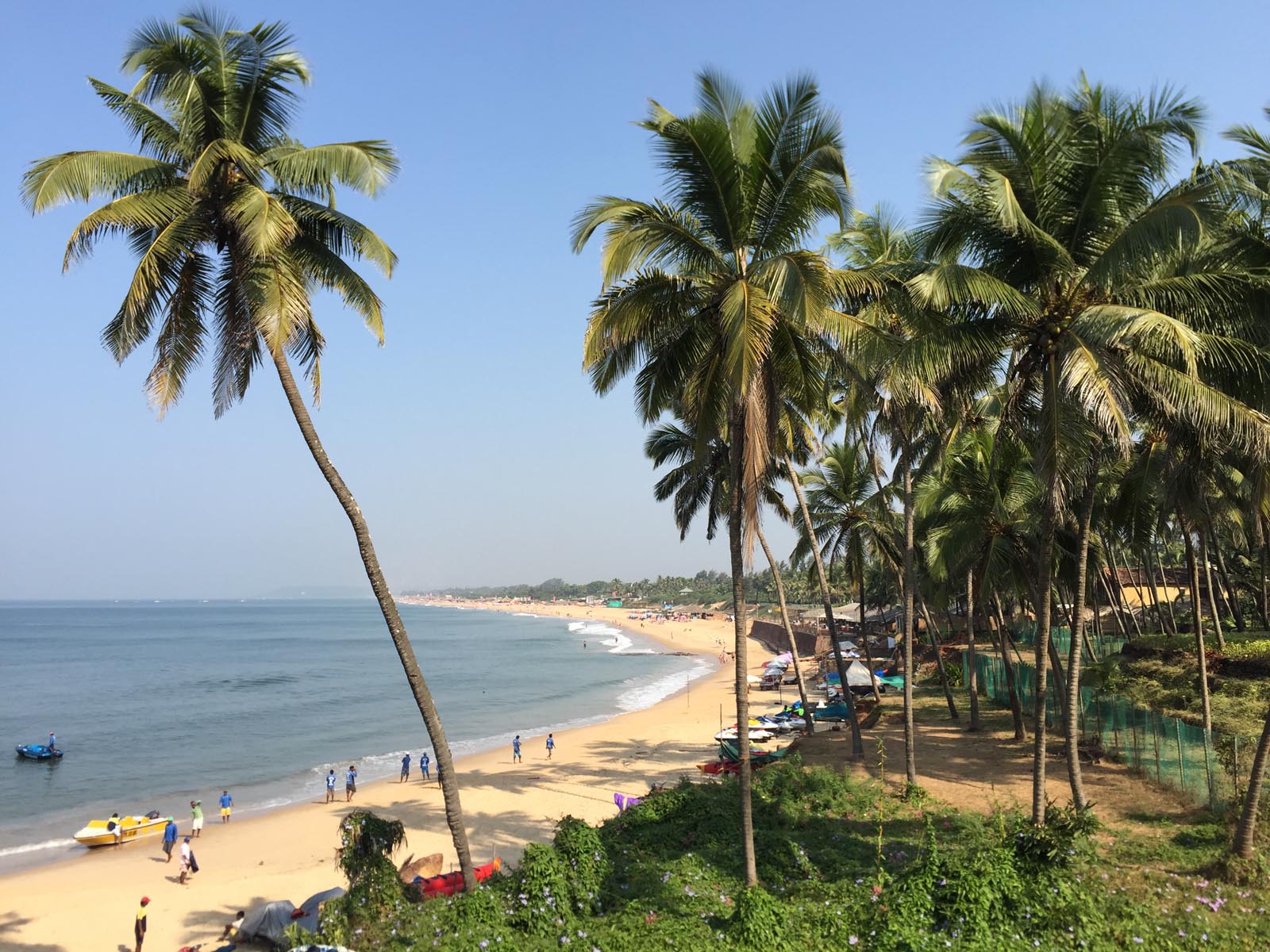




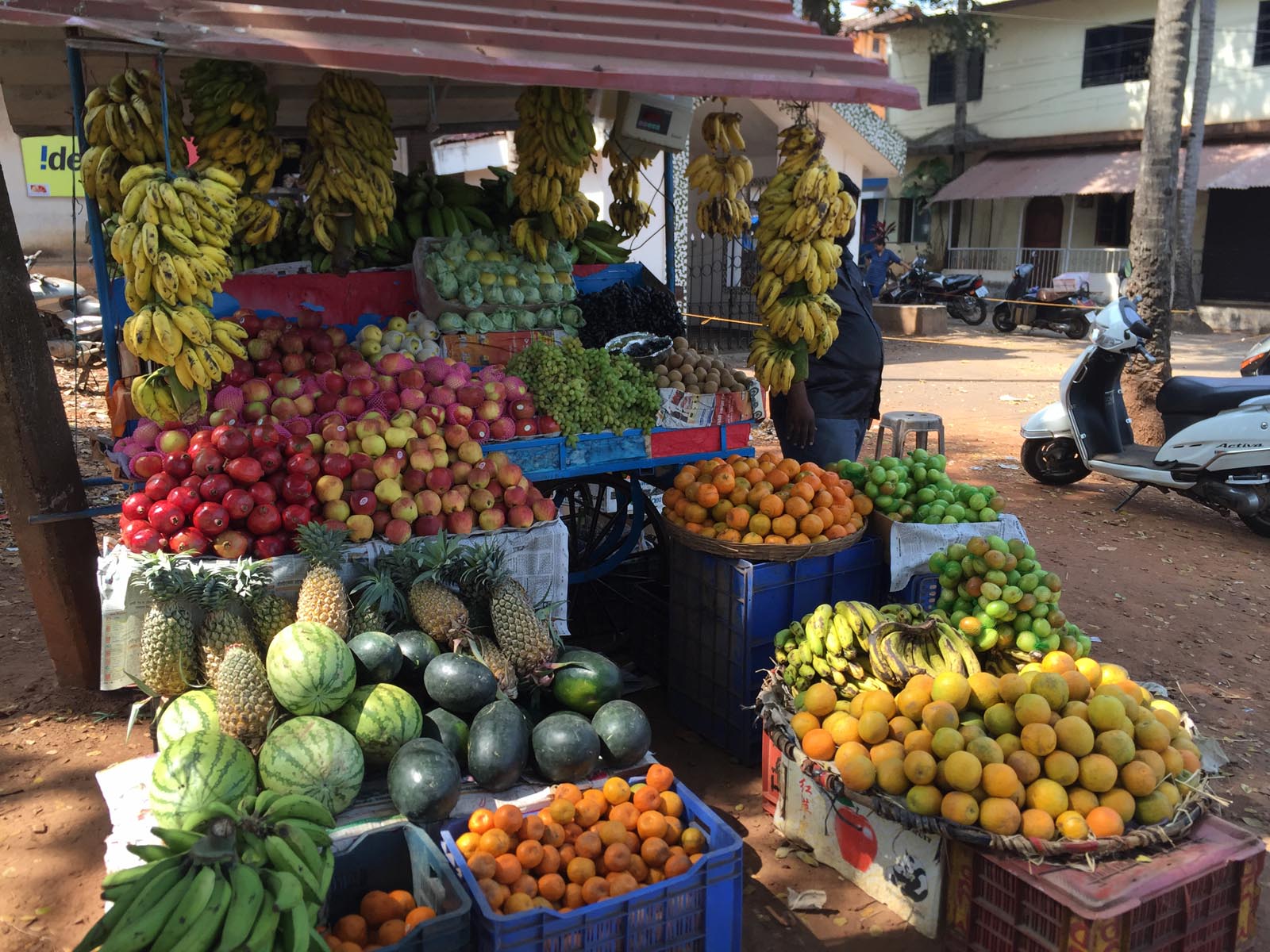

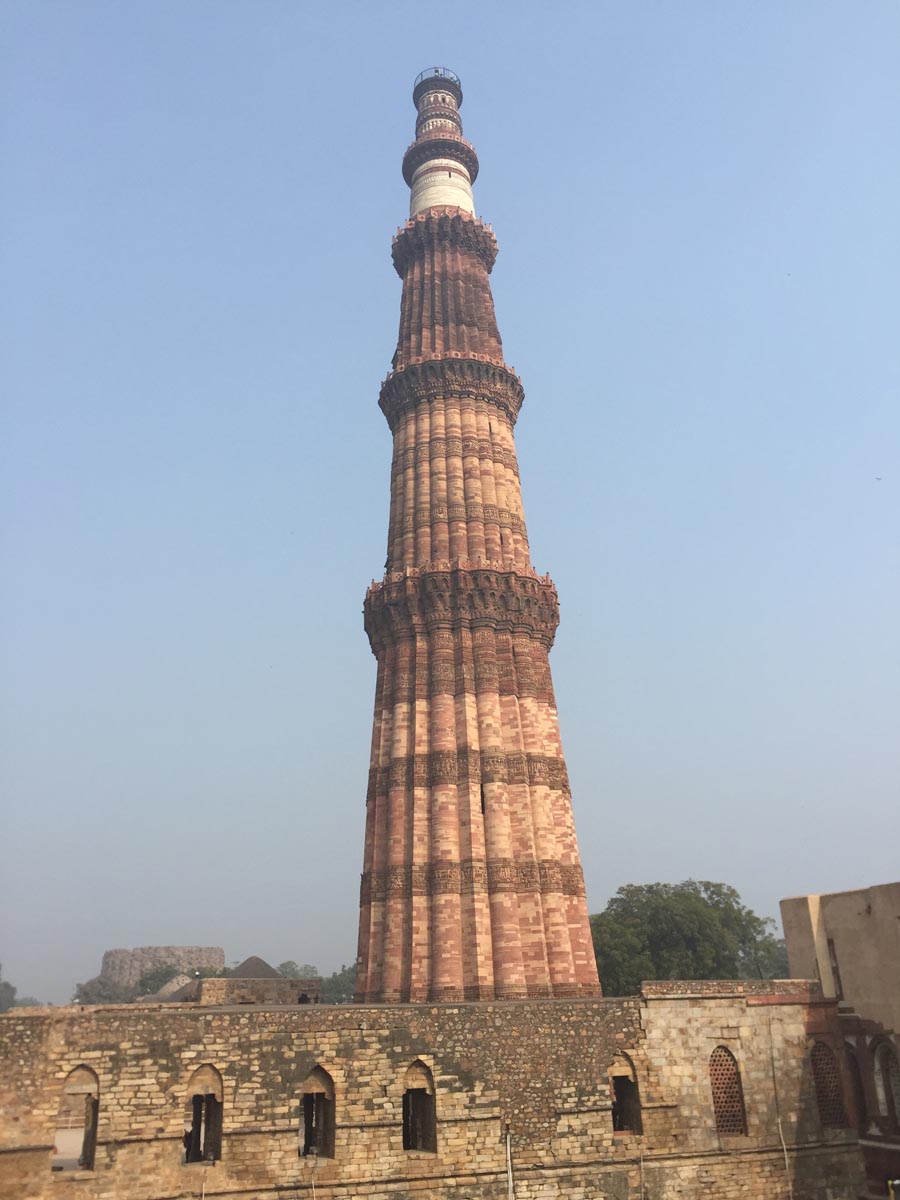
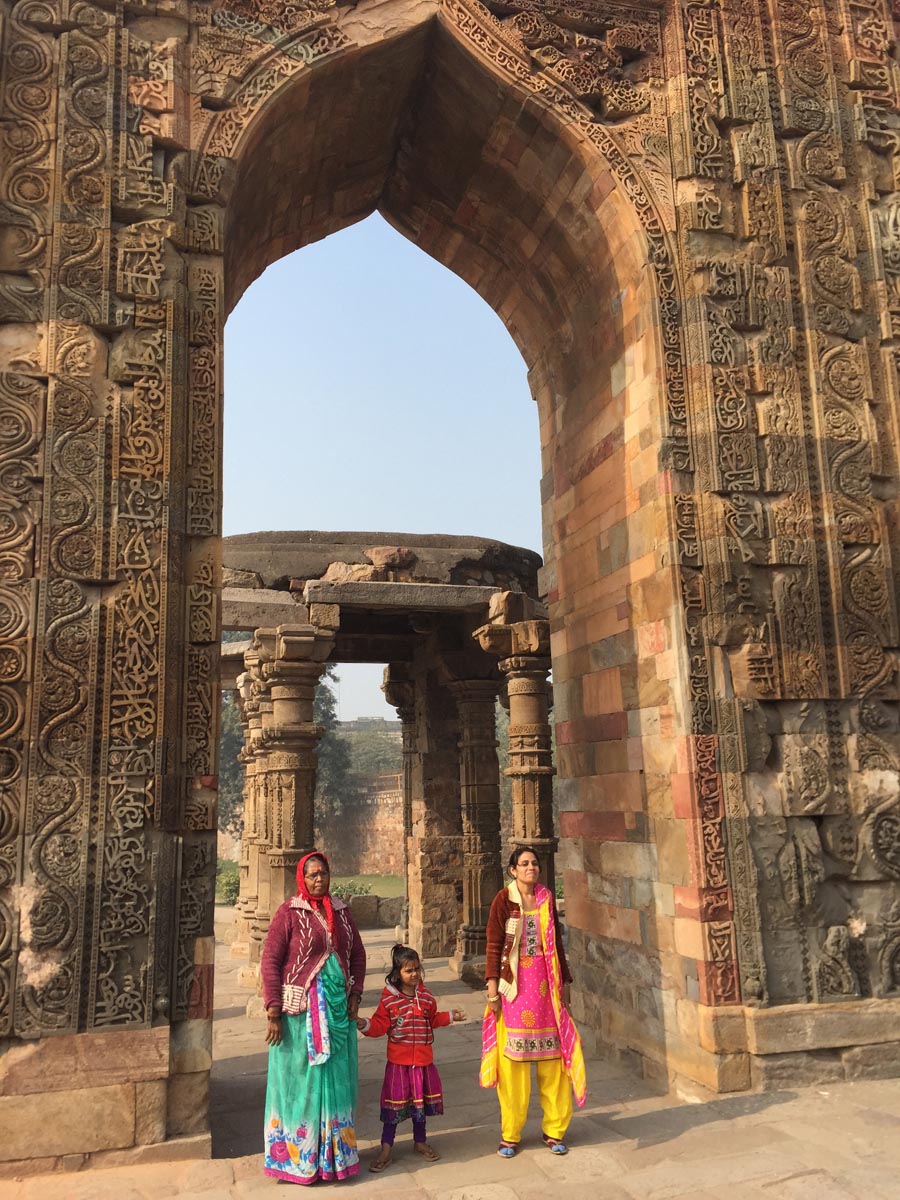

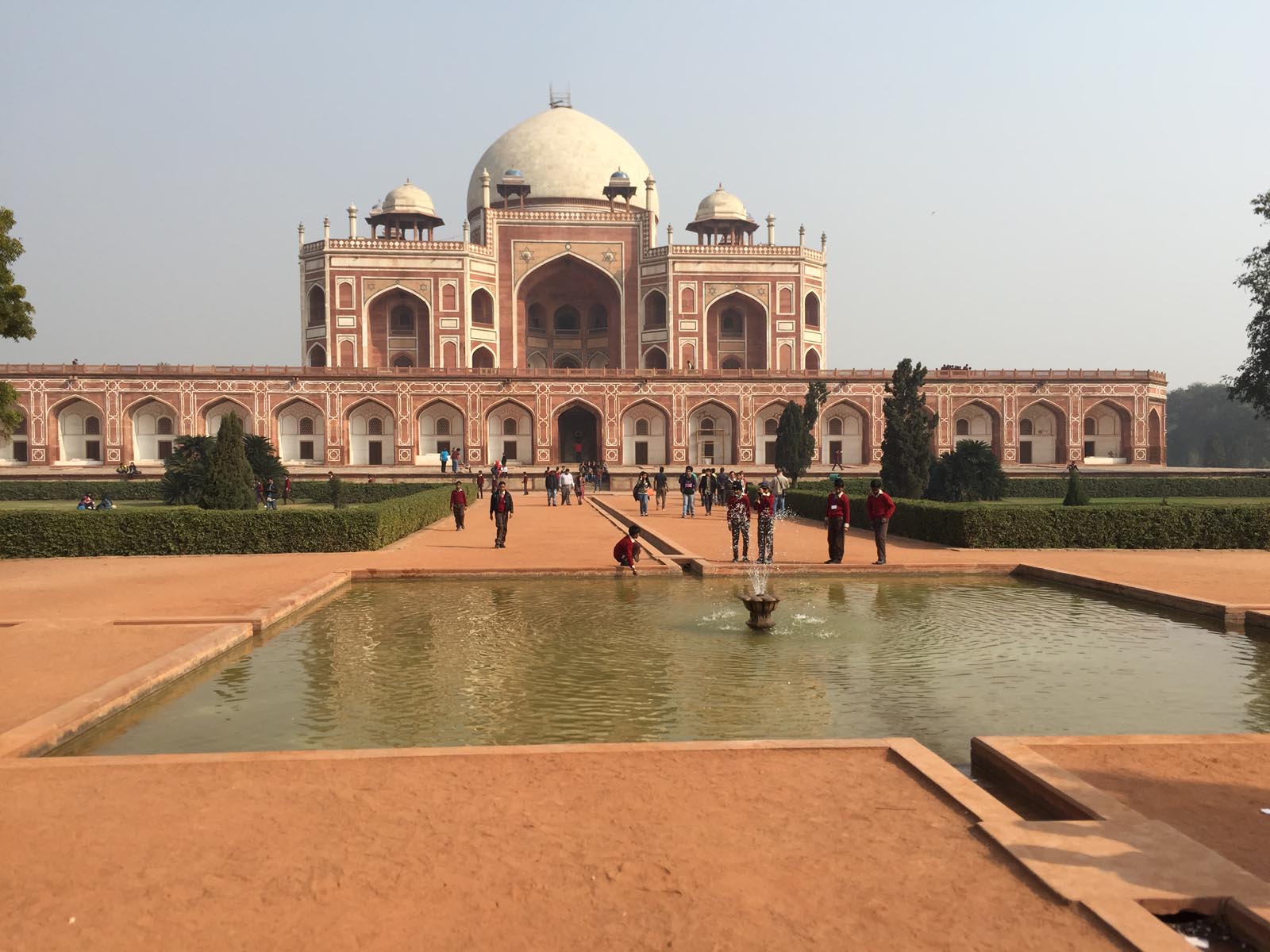
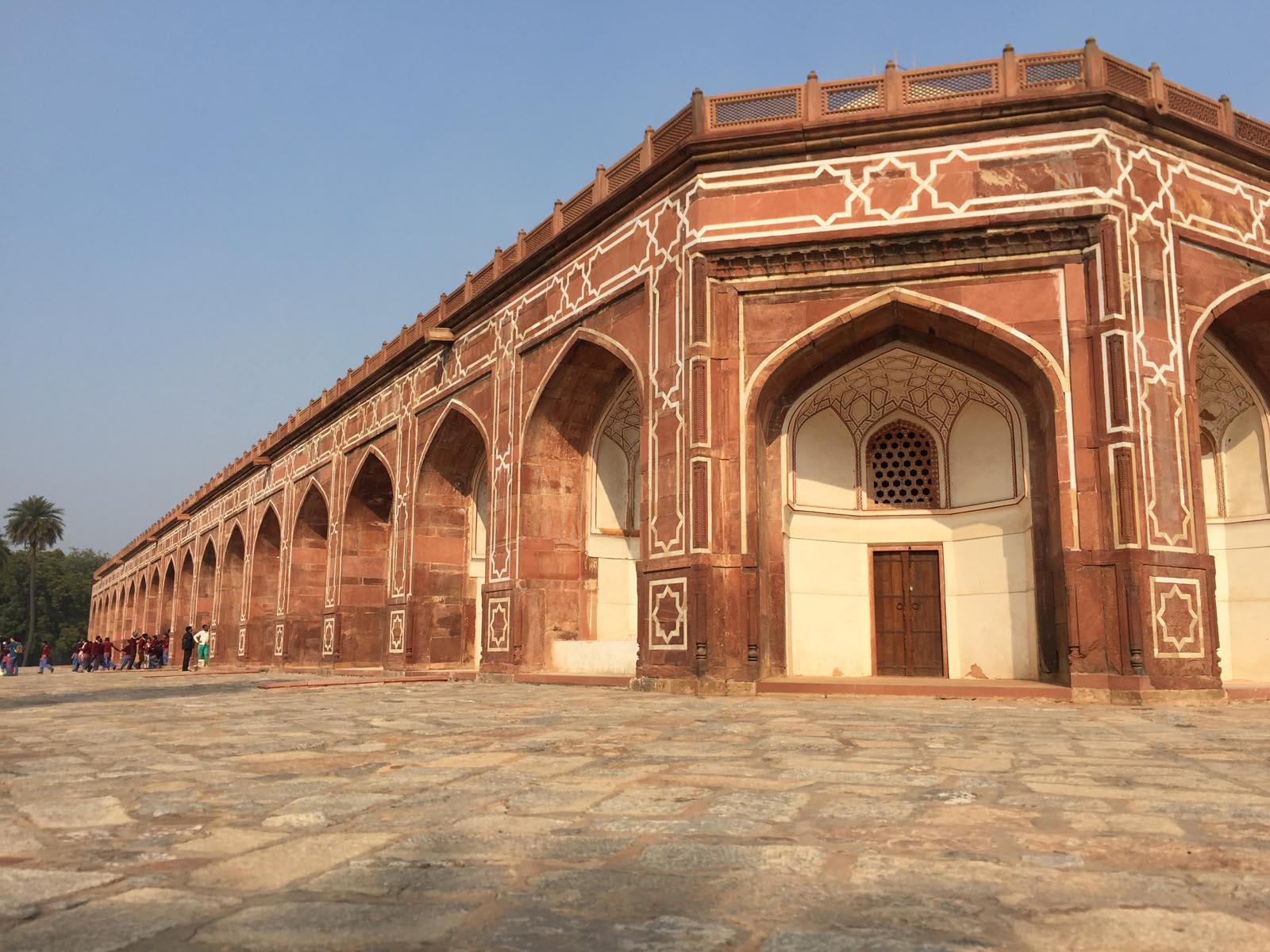
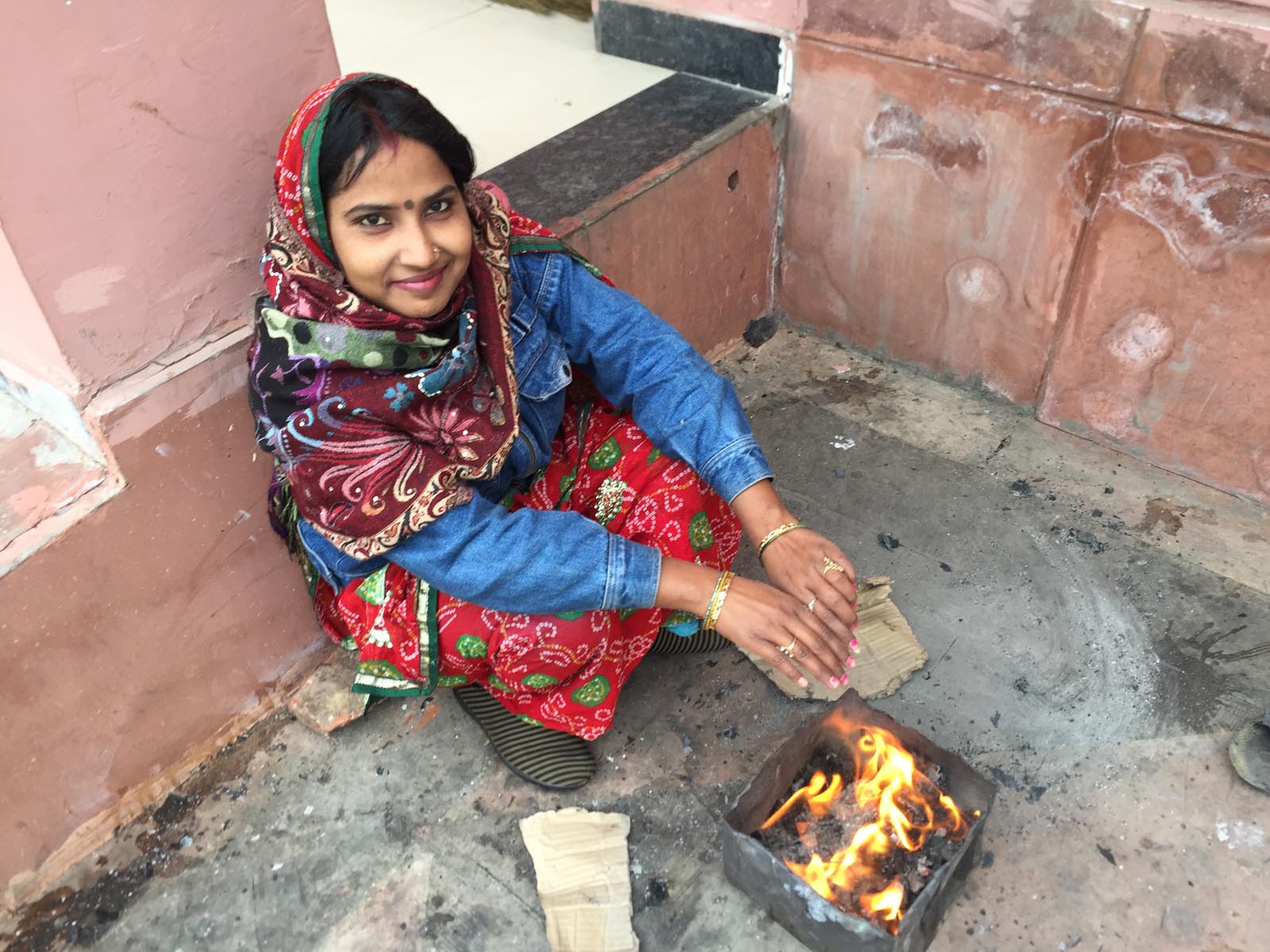
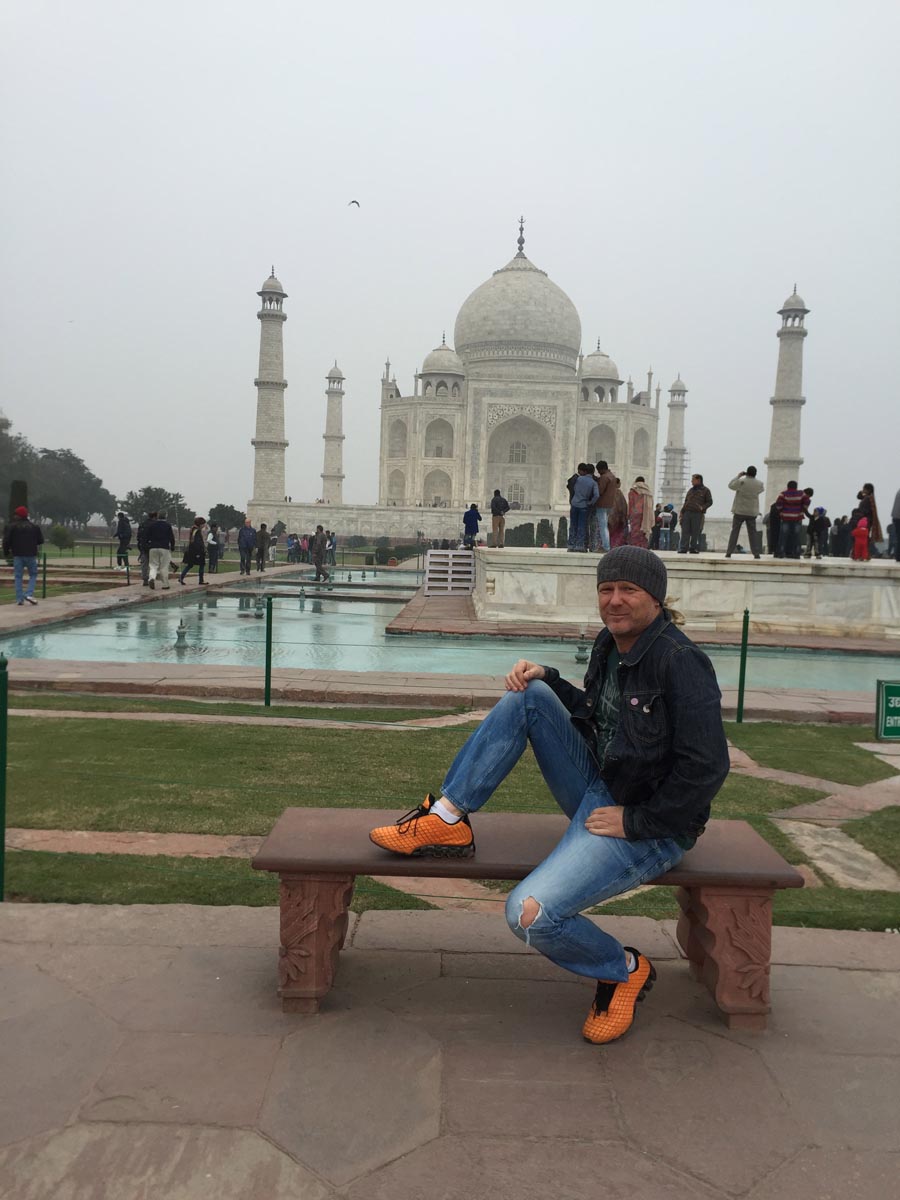

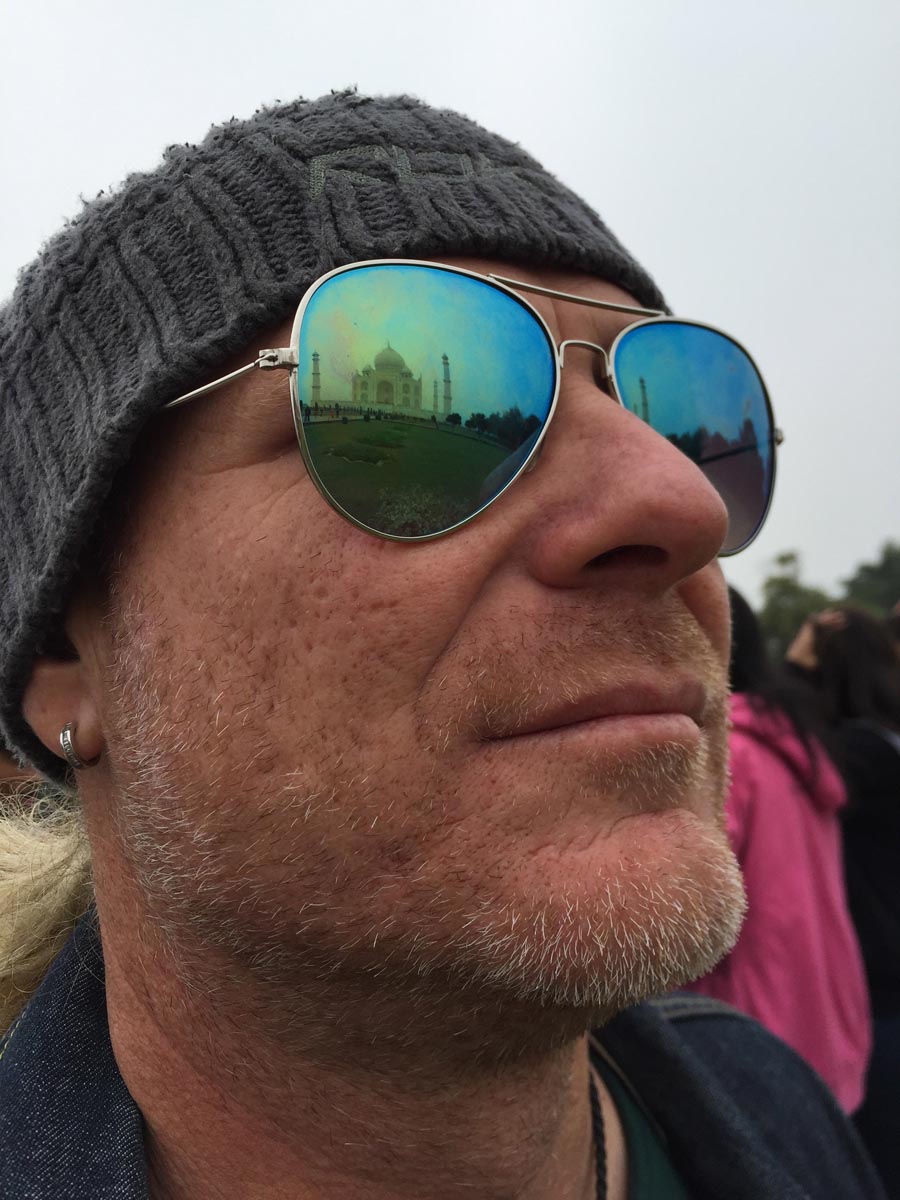
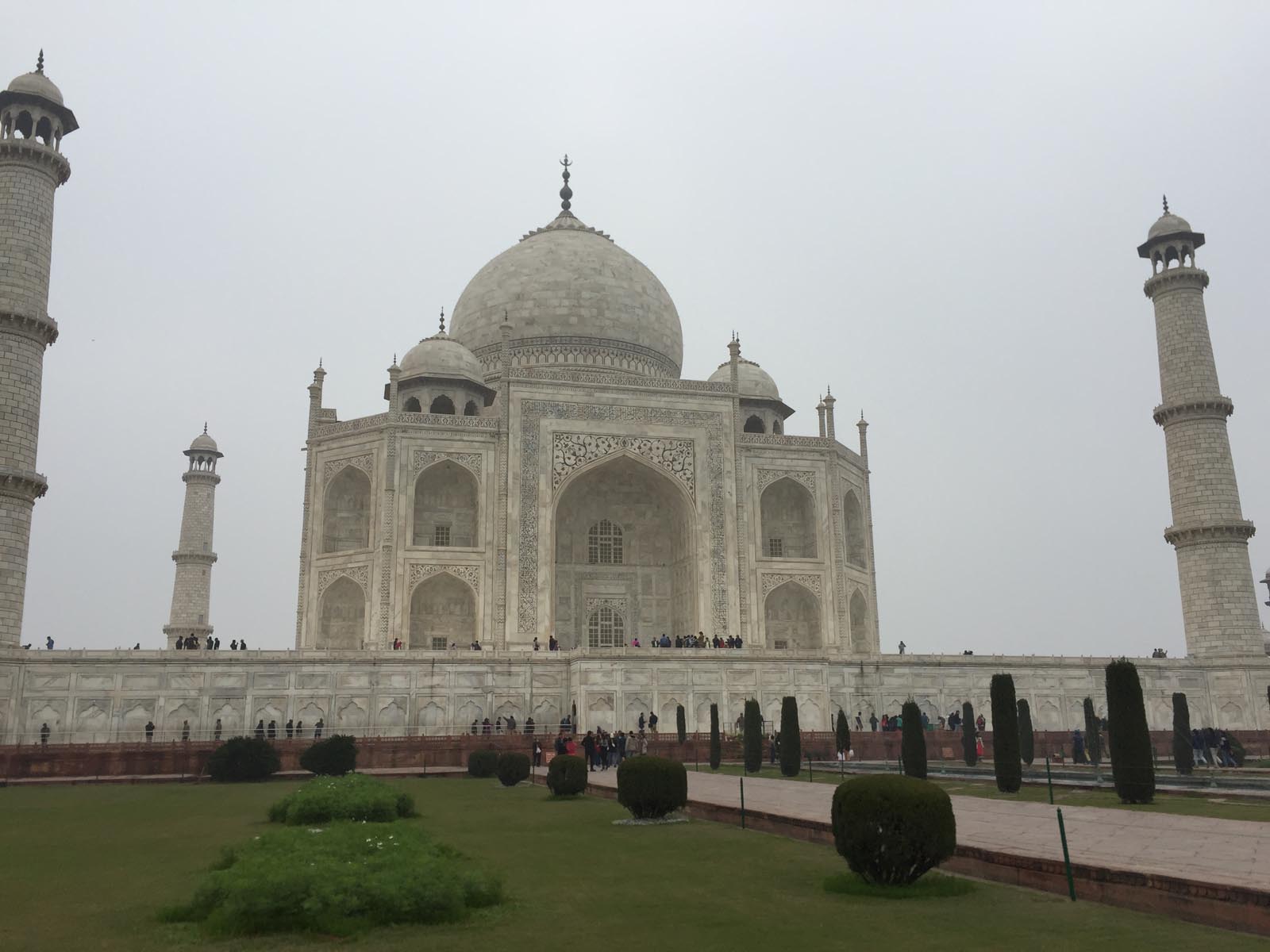
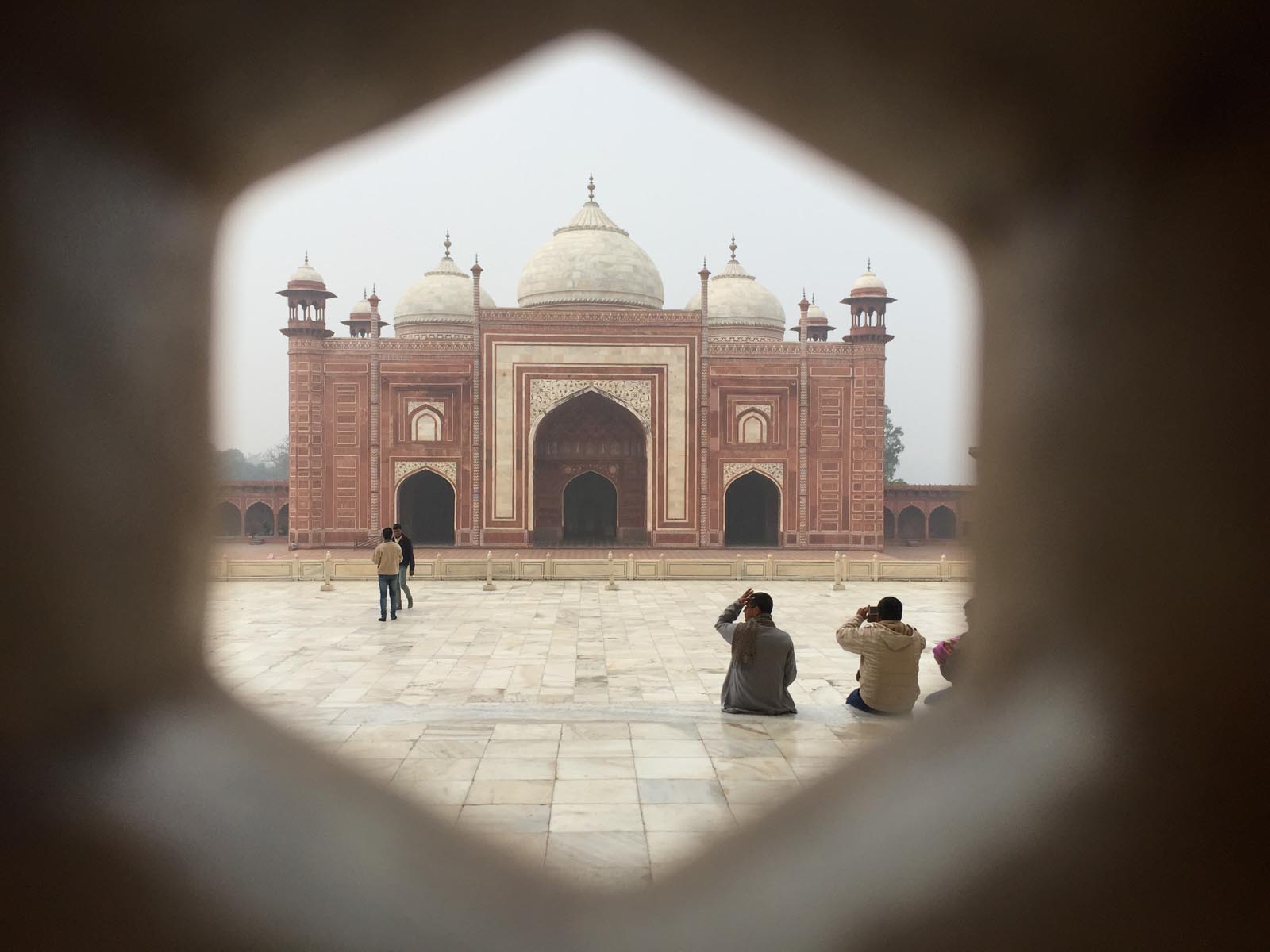
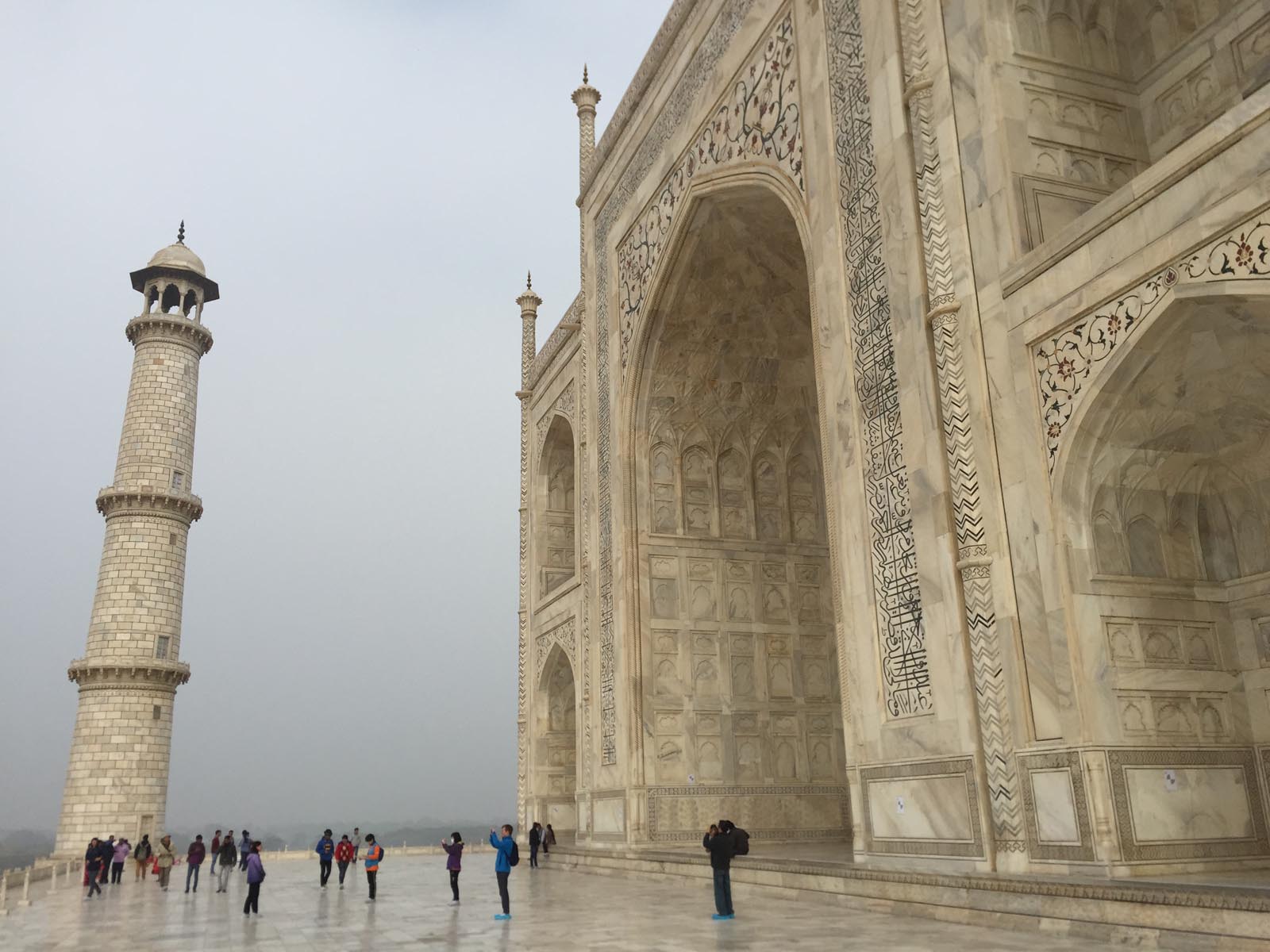
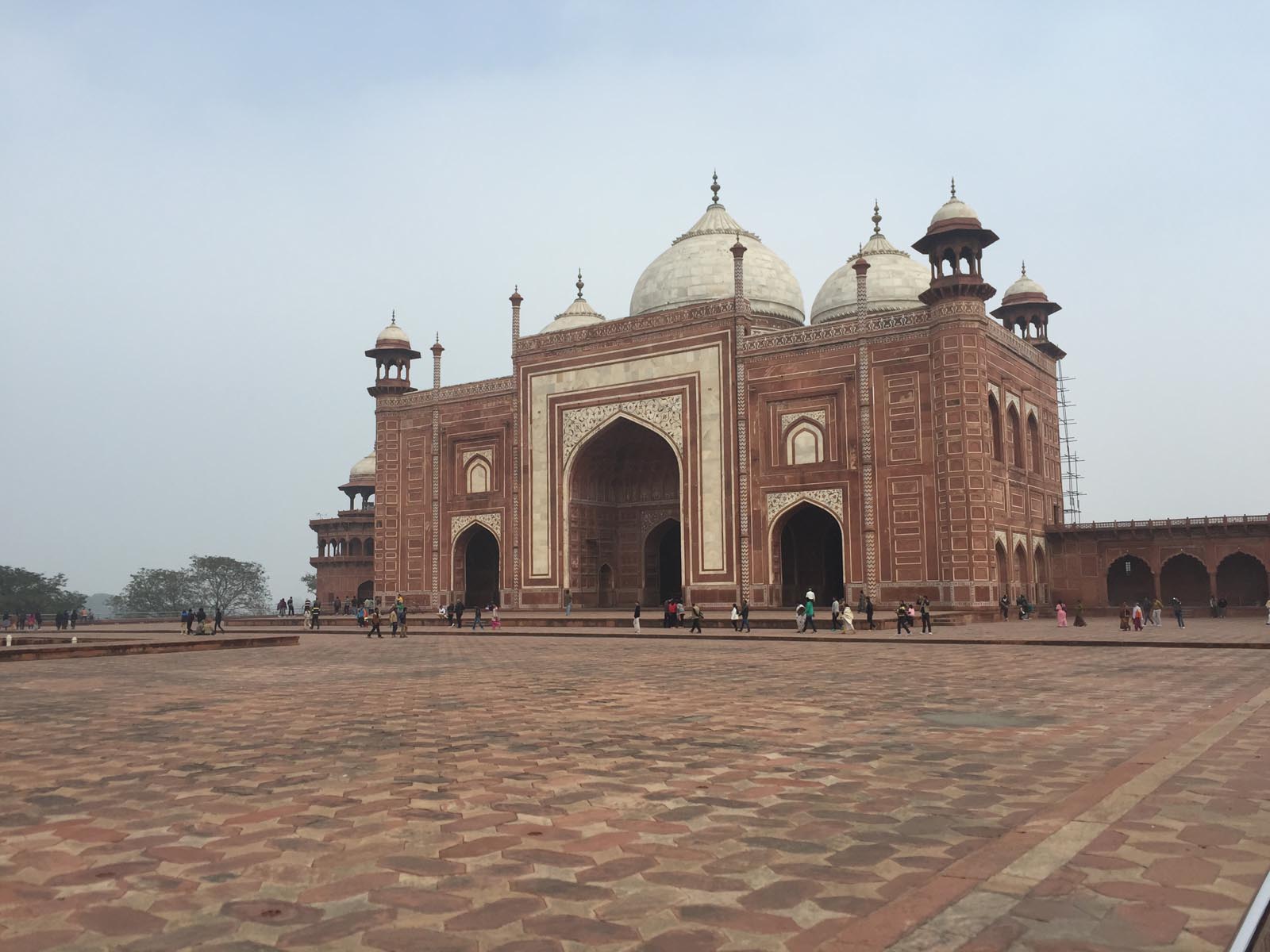




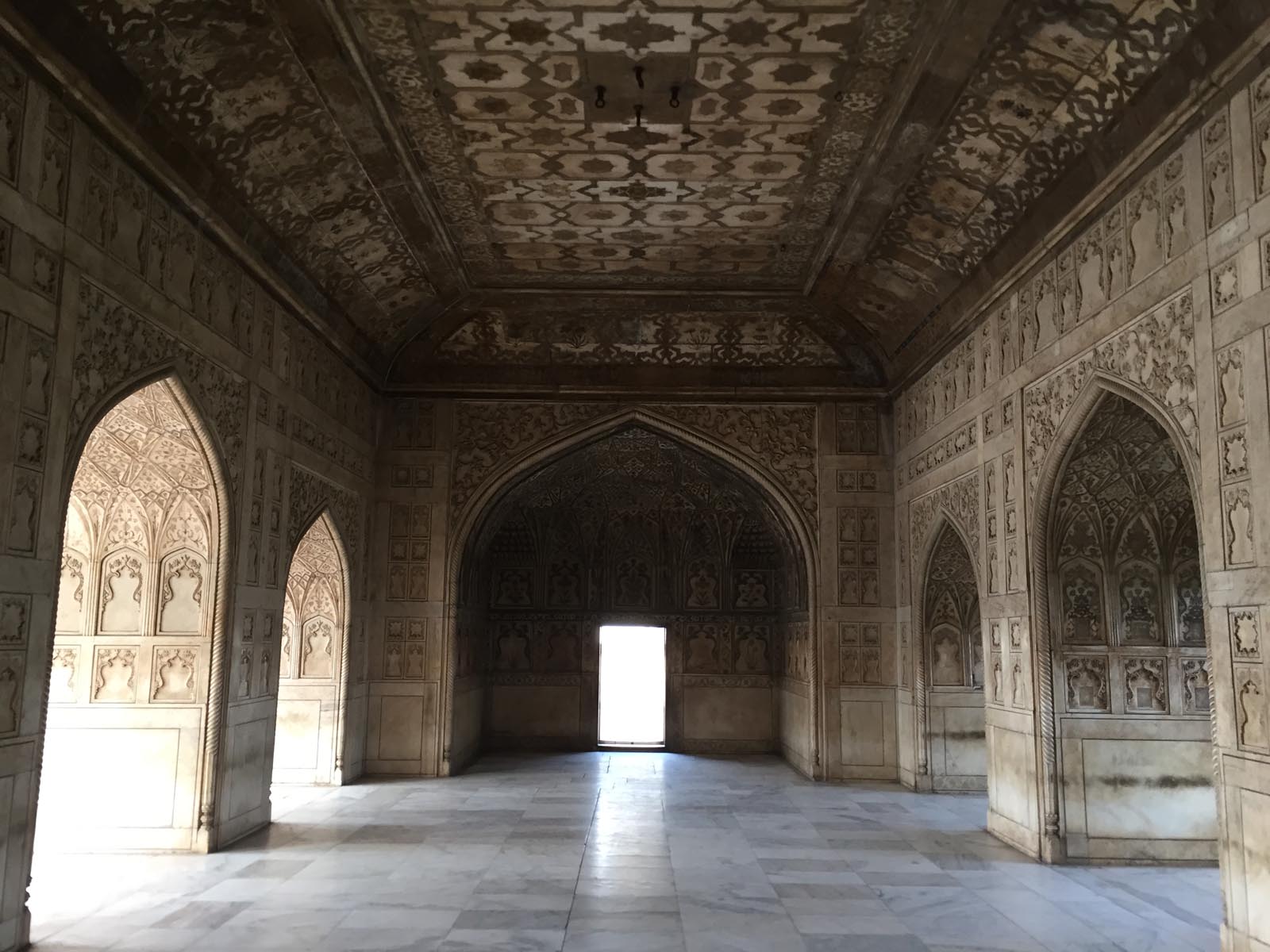
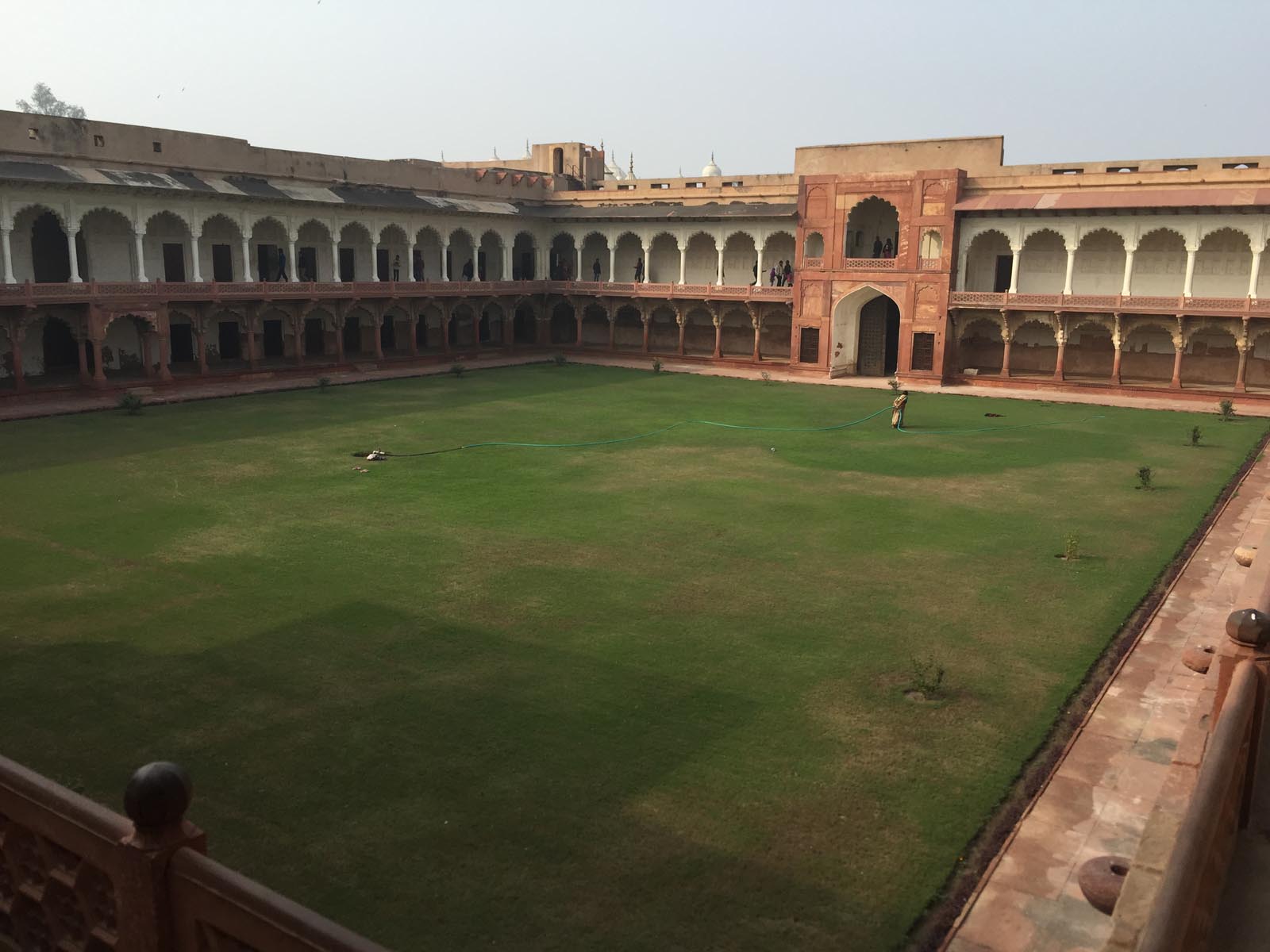
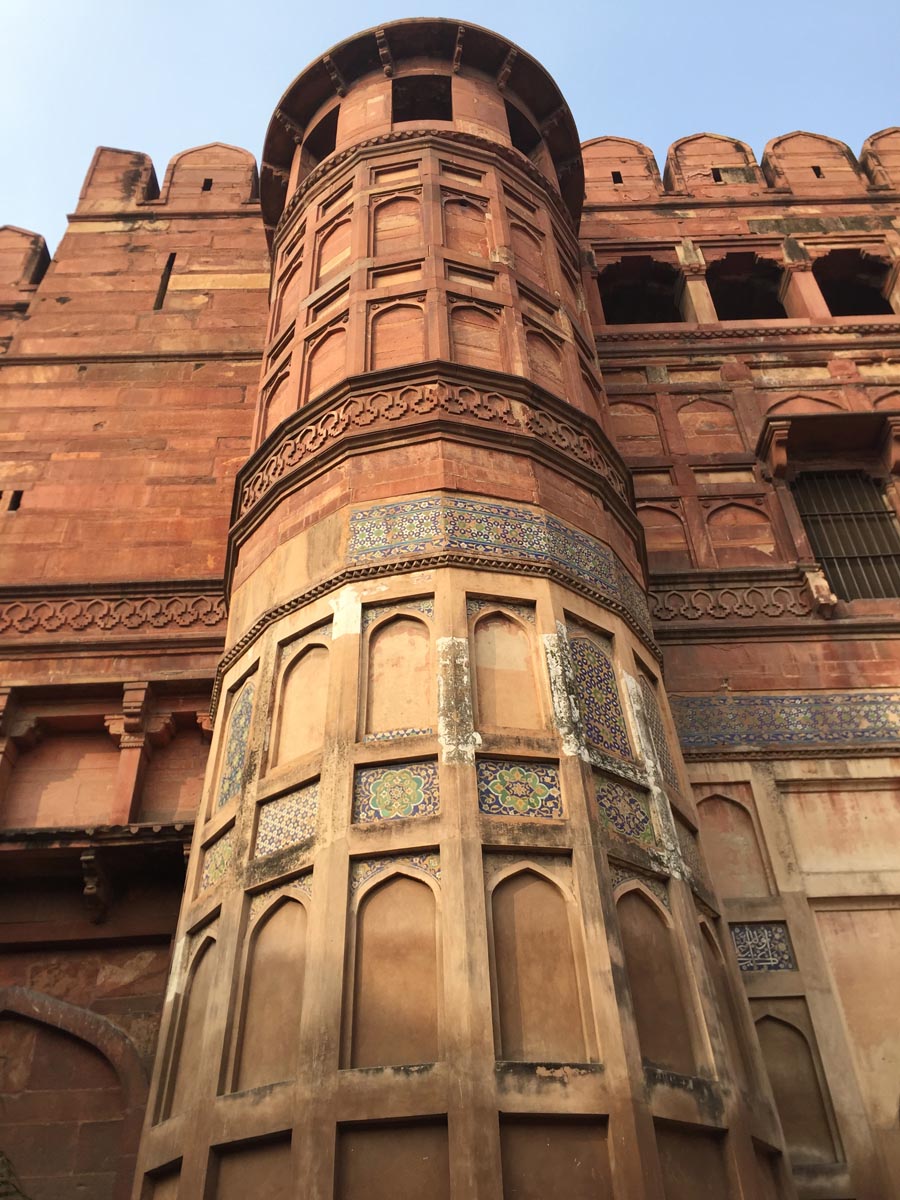
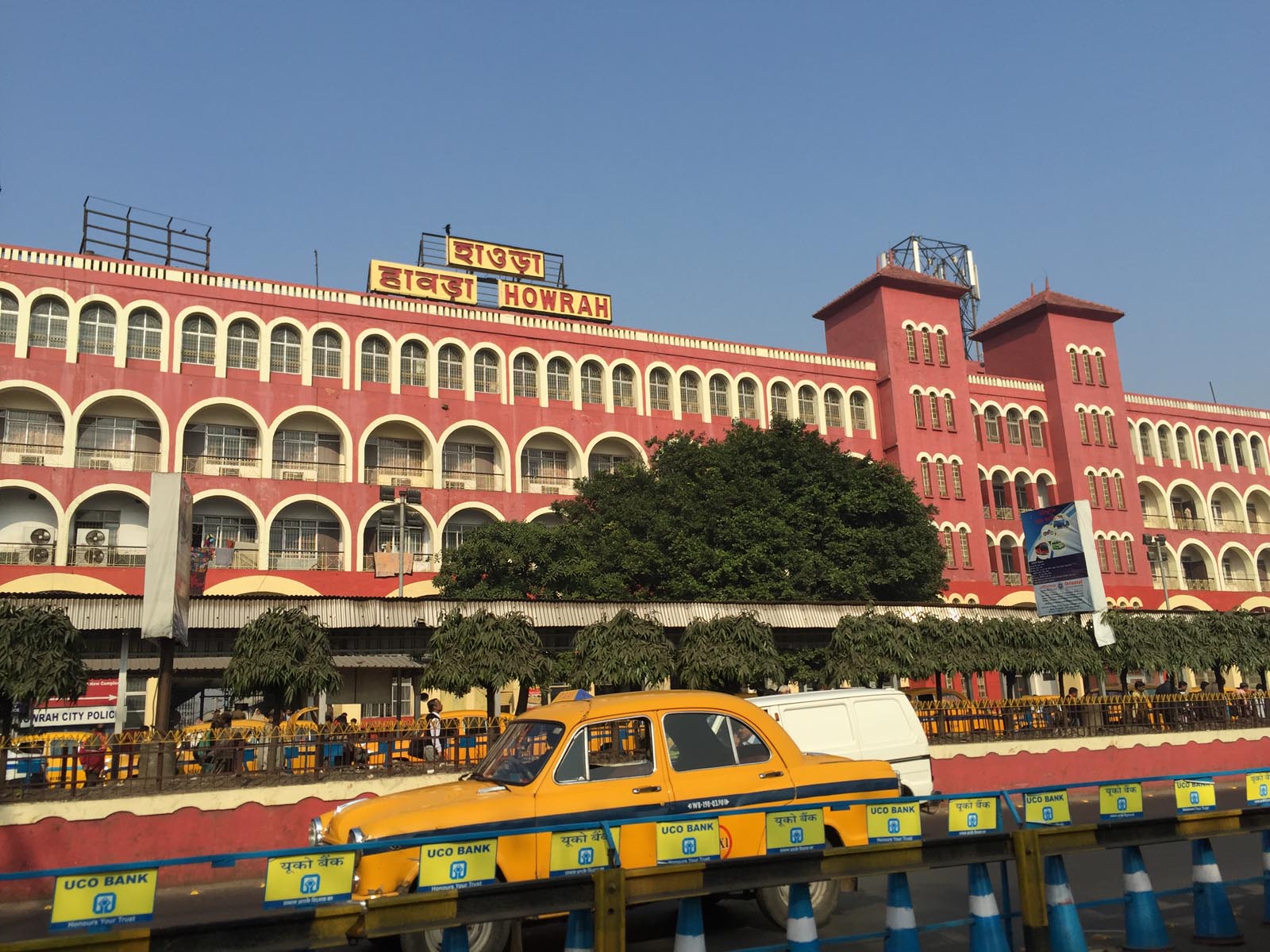


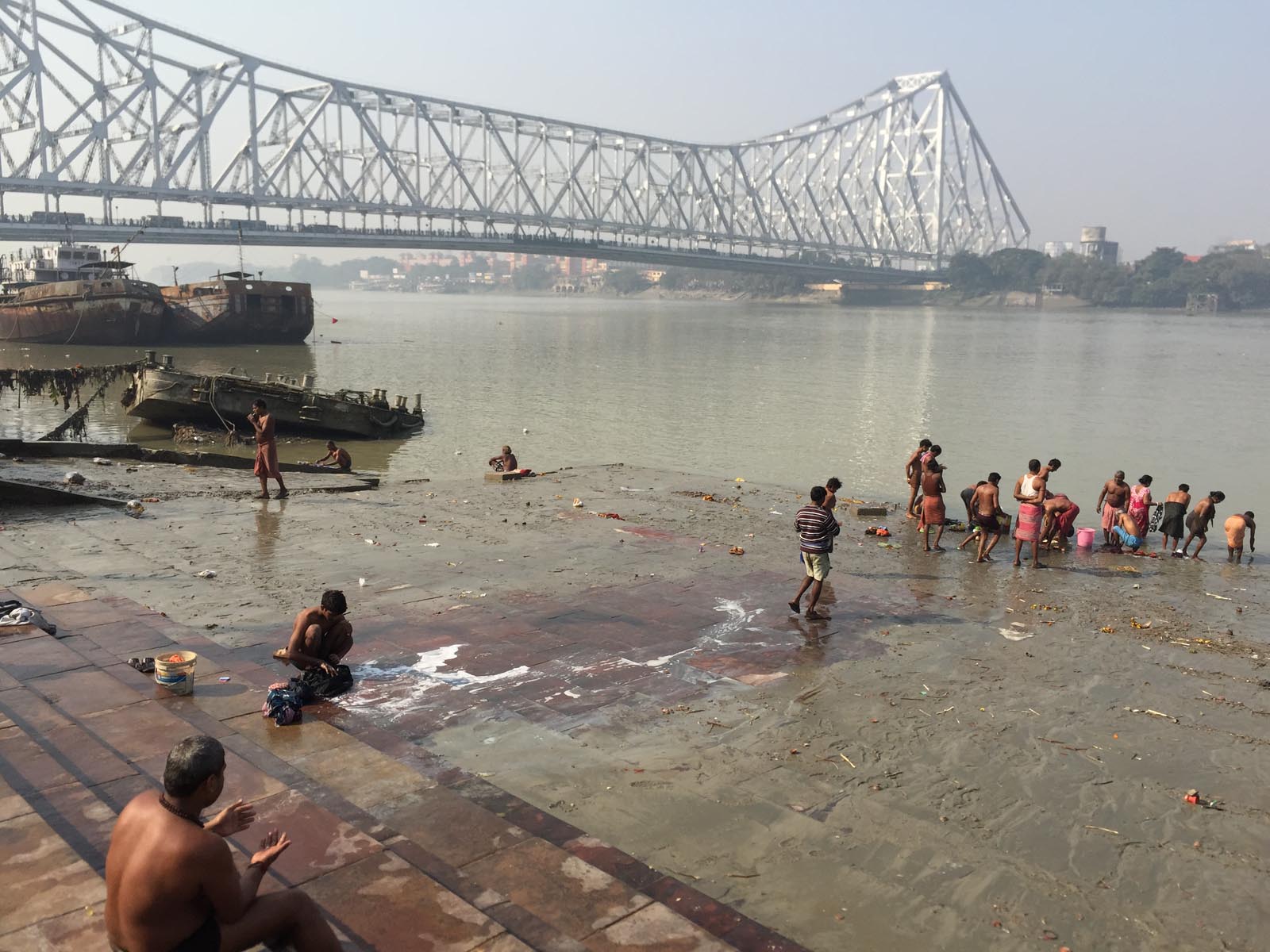
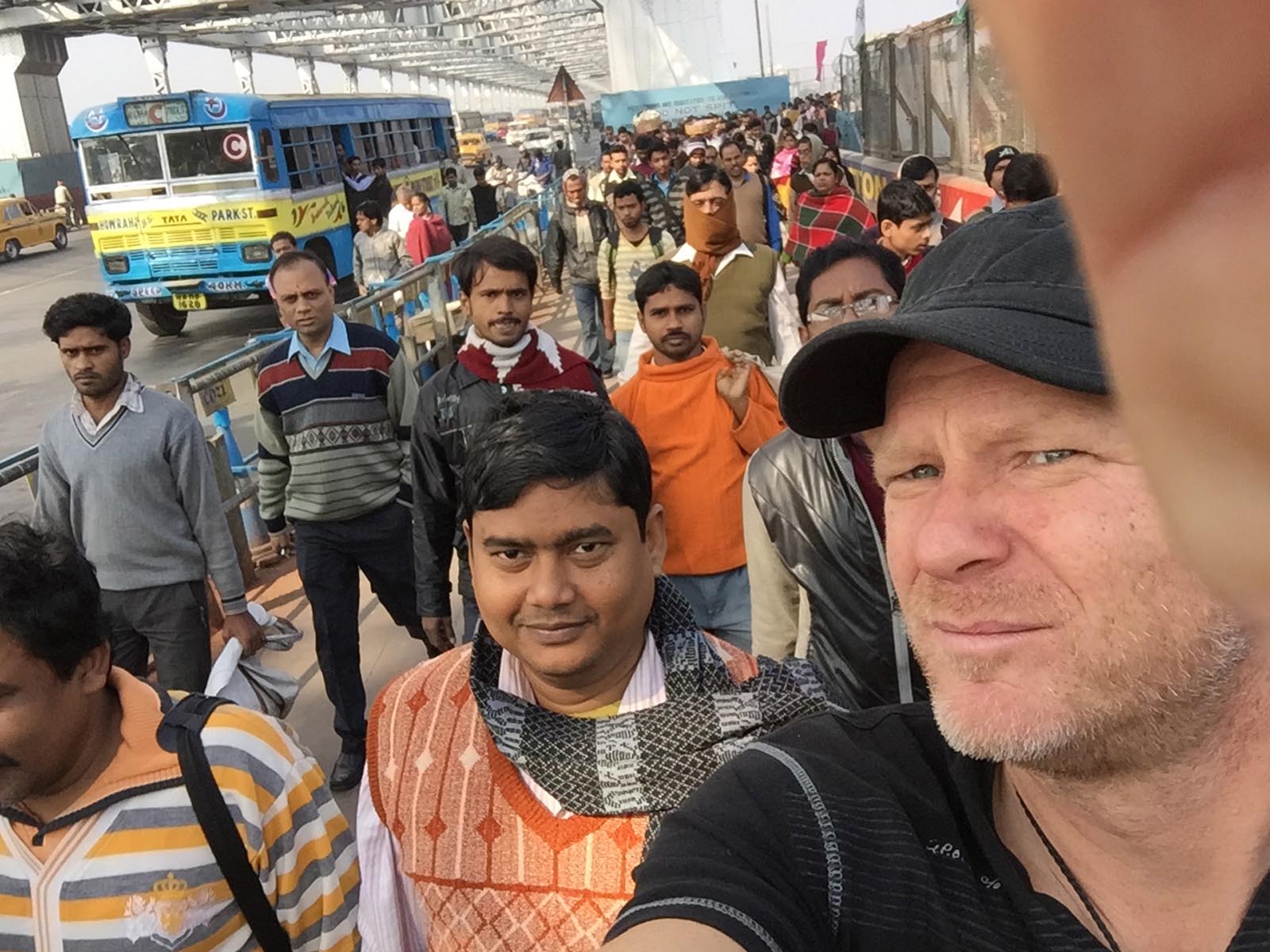
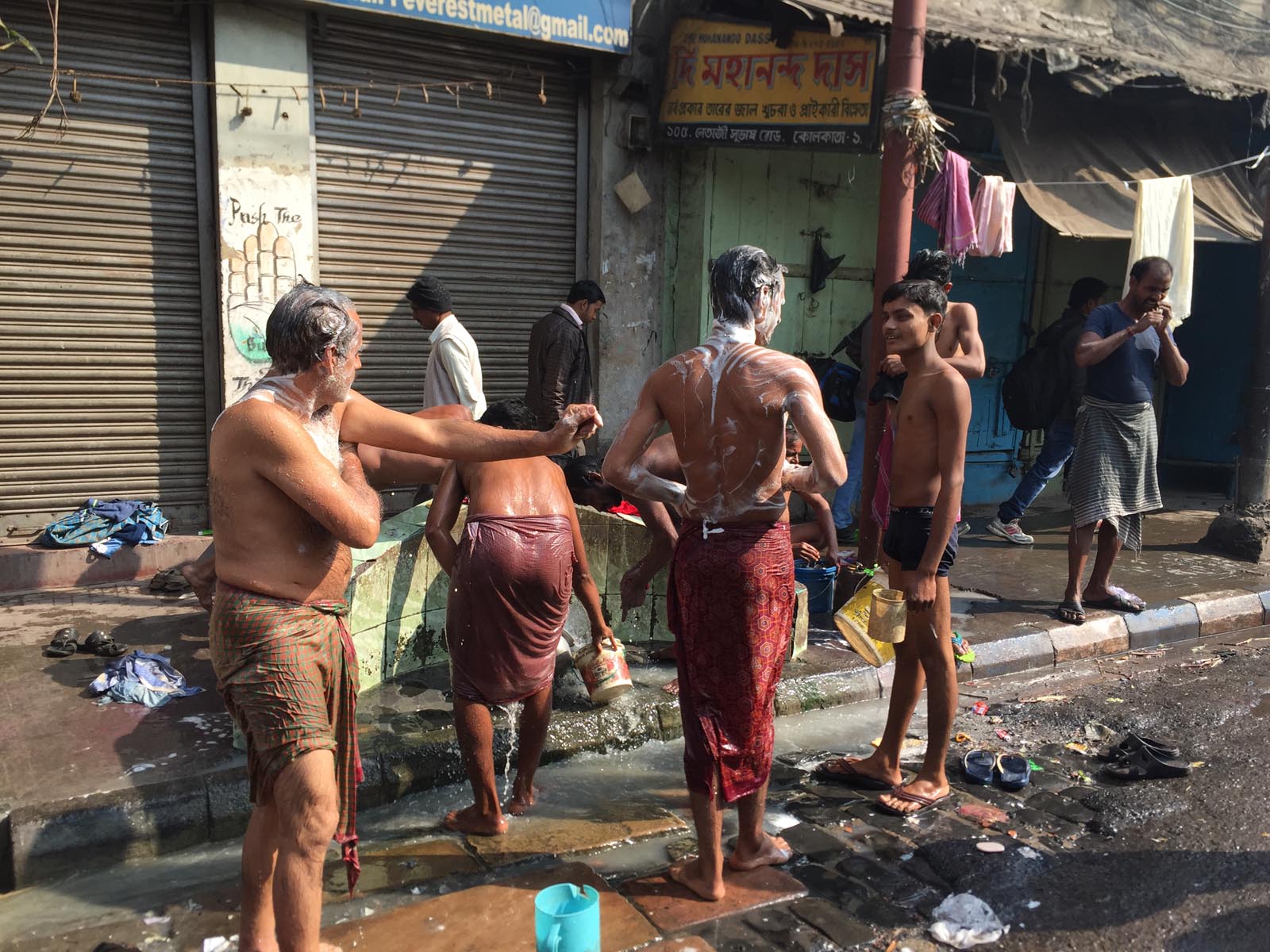
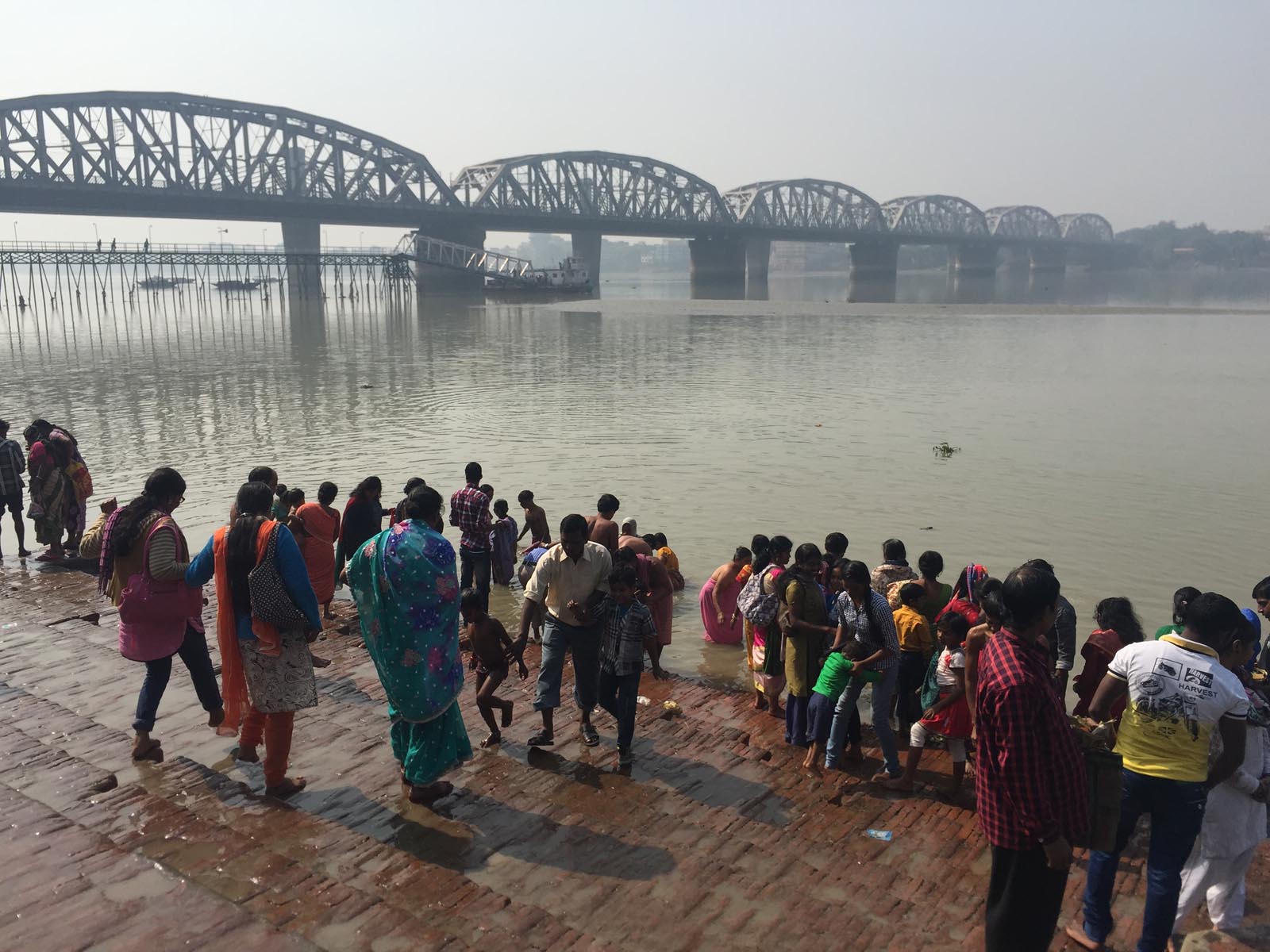
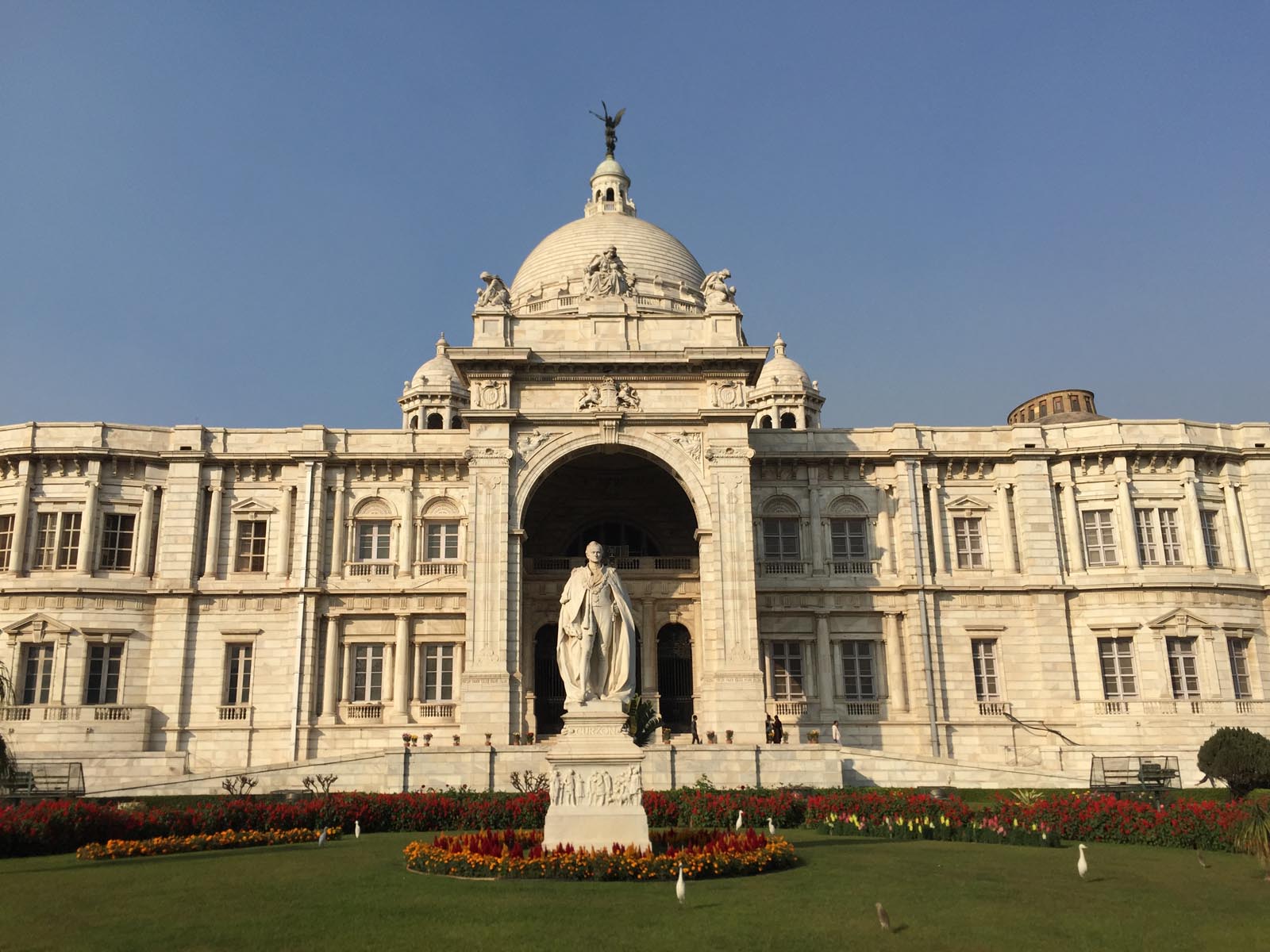
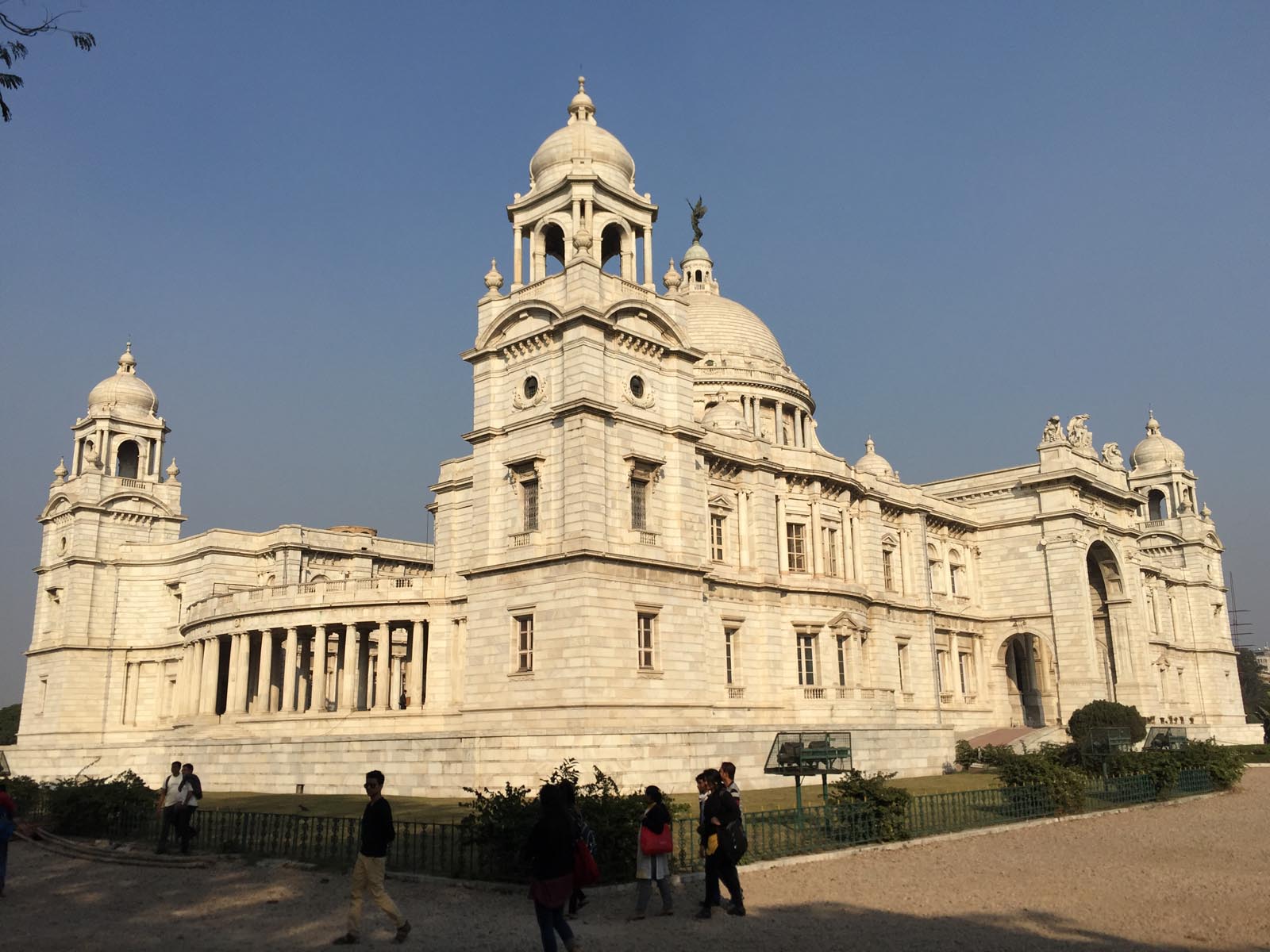
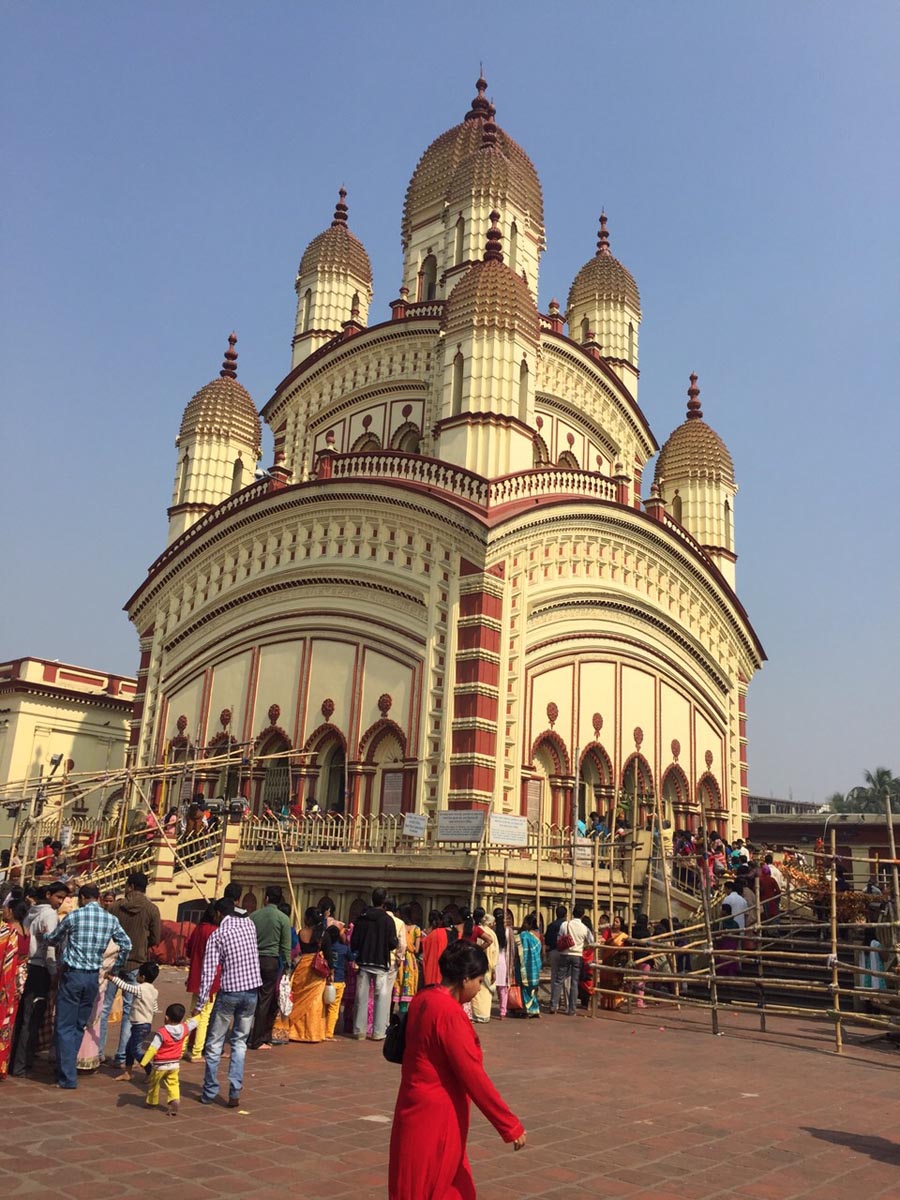

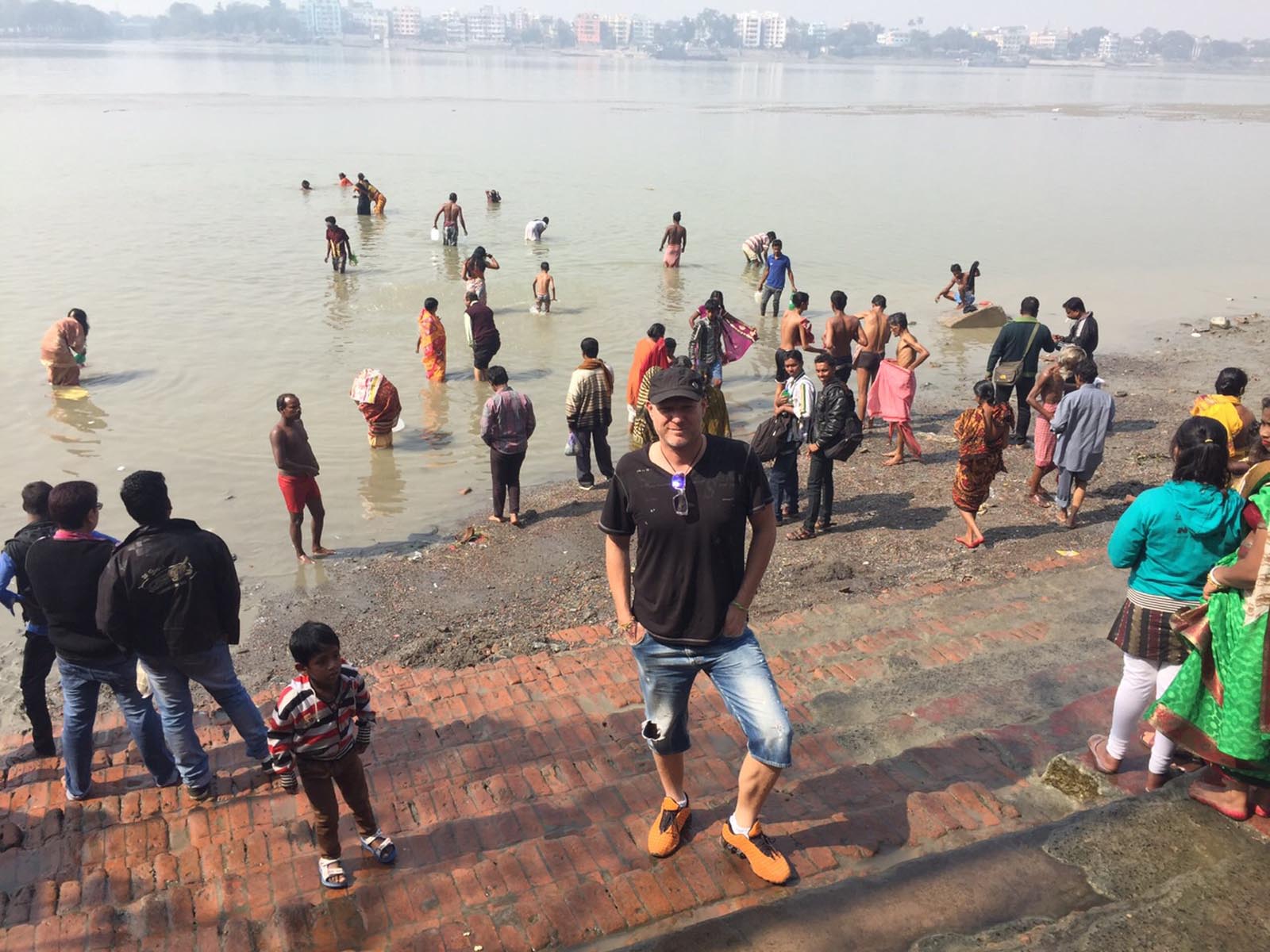
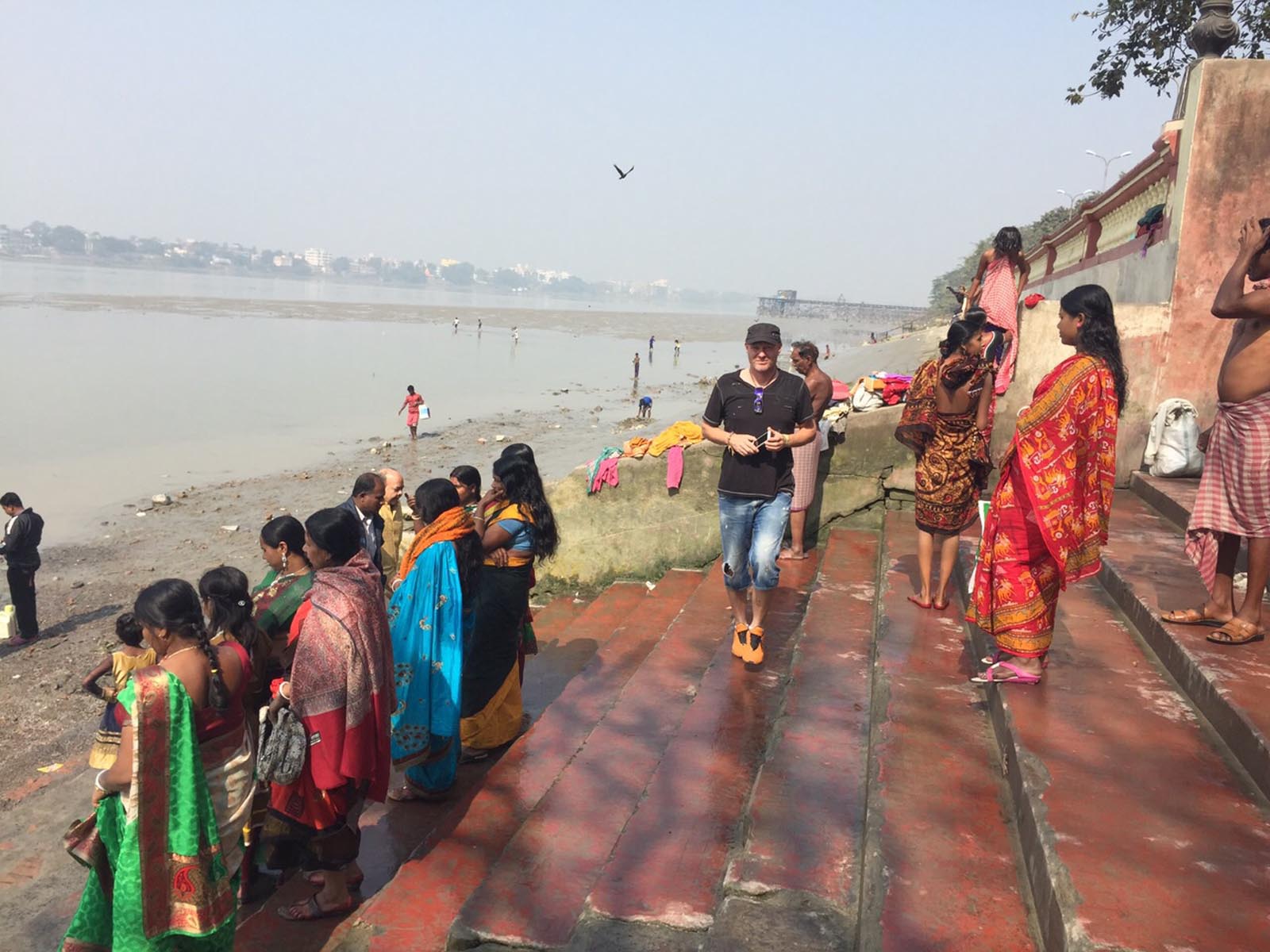
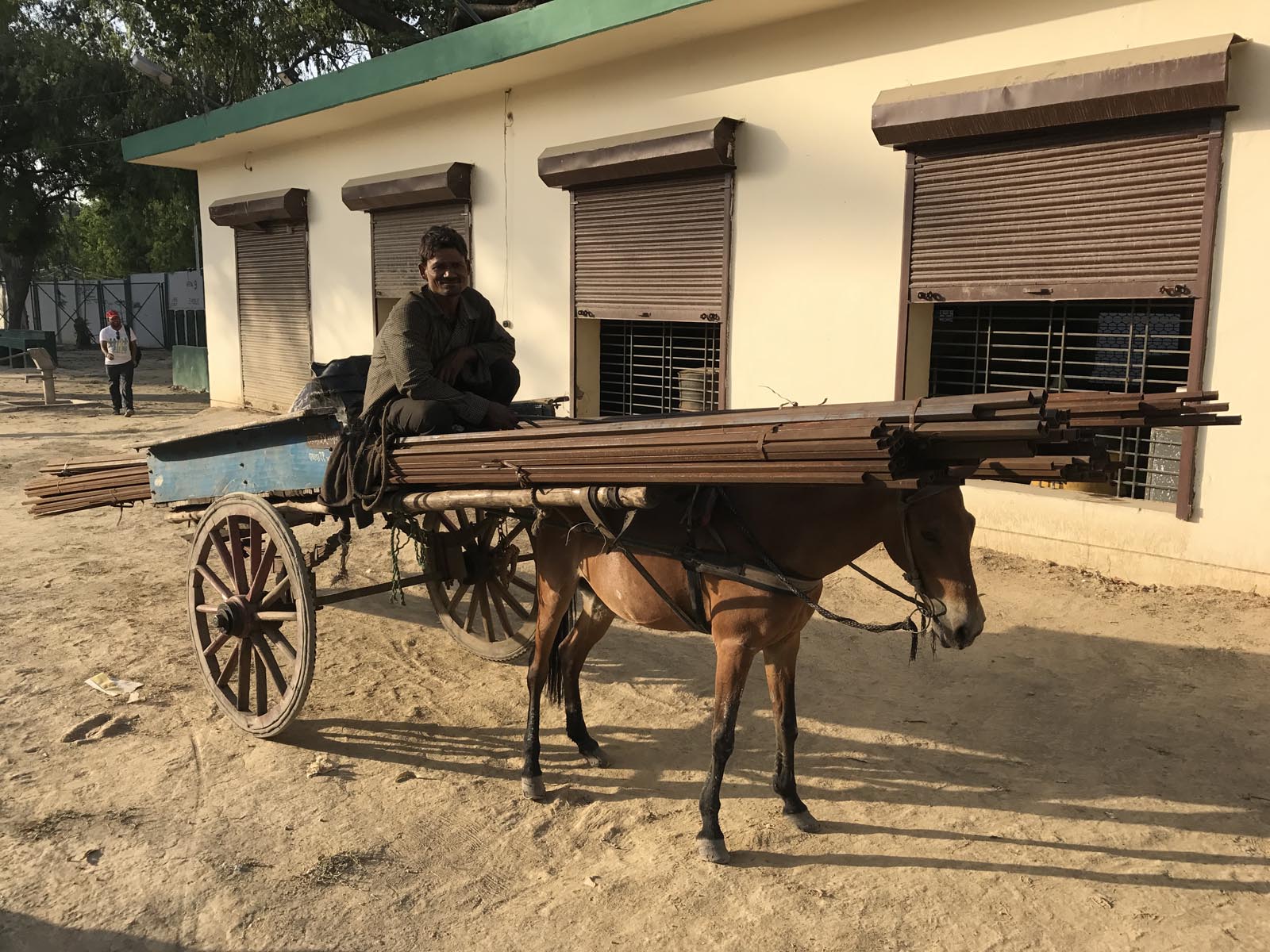

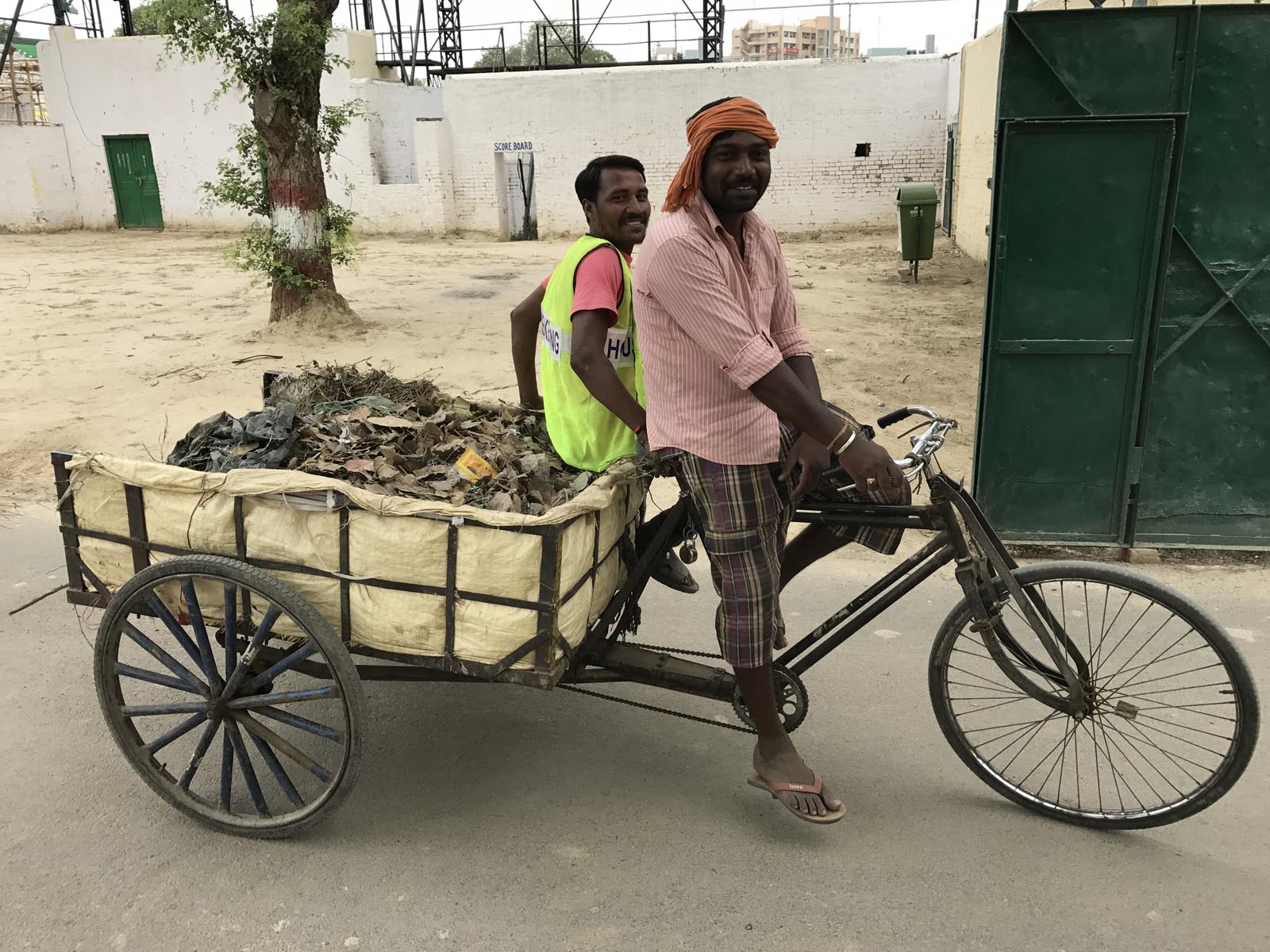




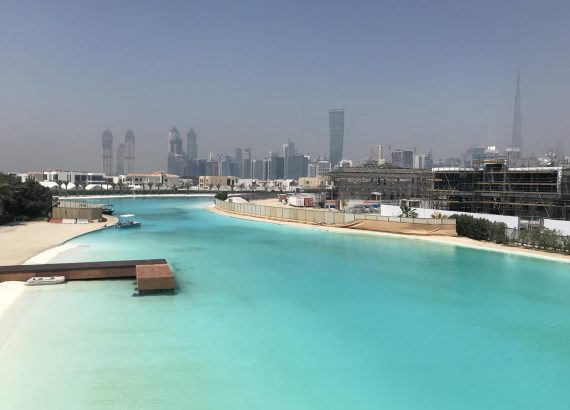
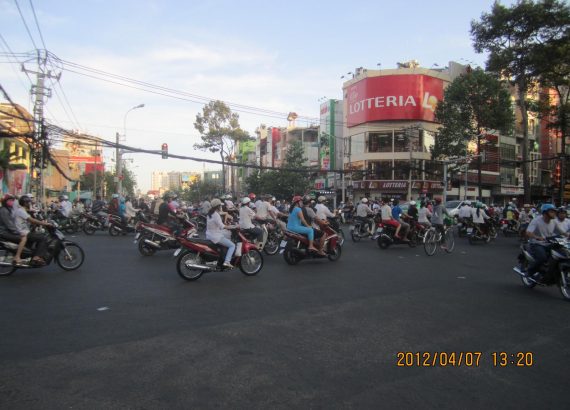
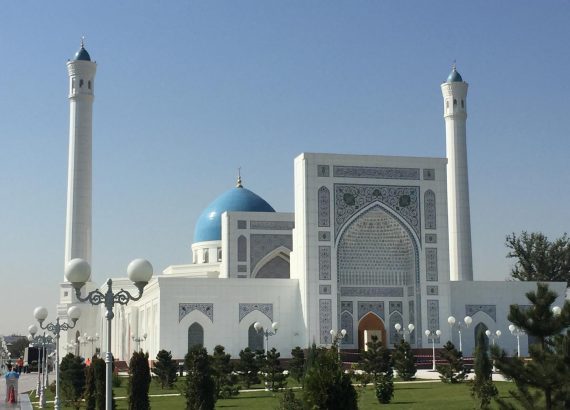
No Comments